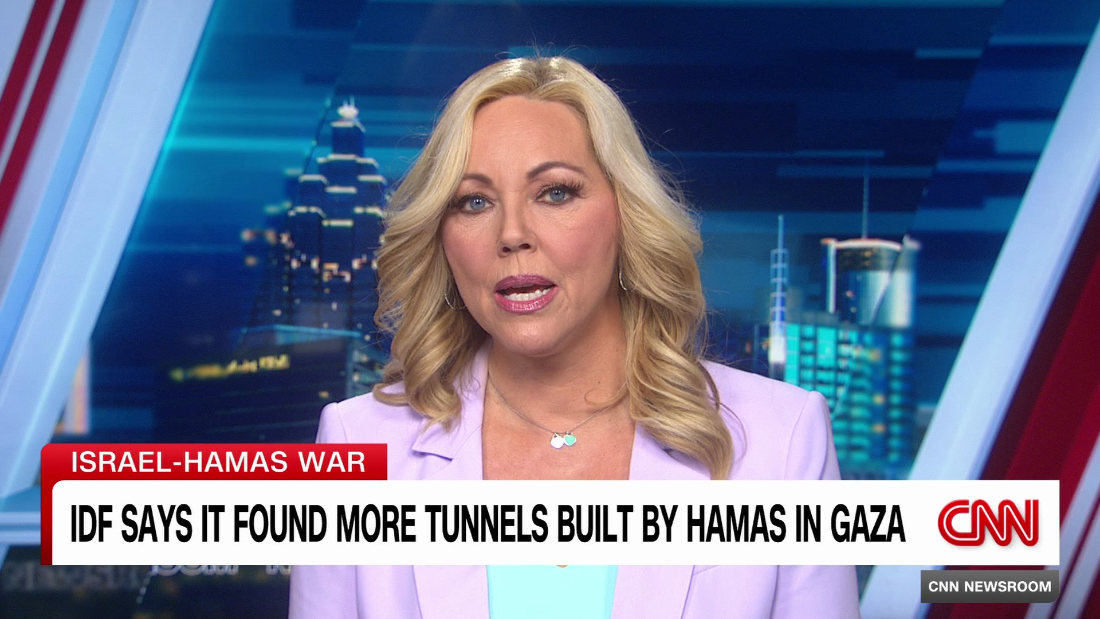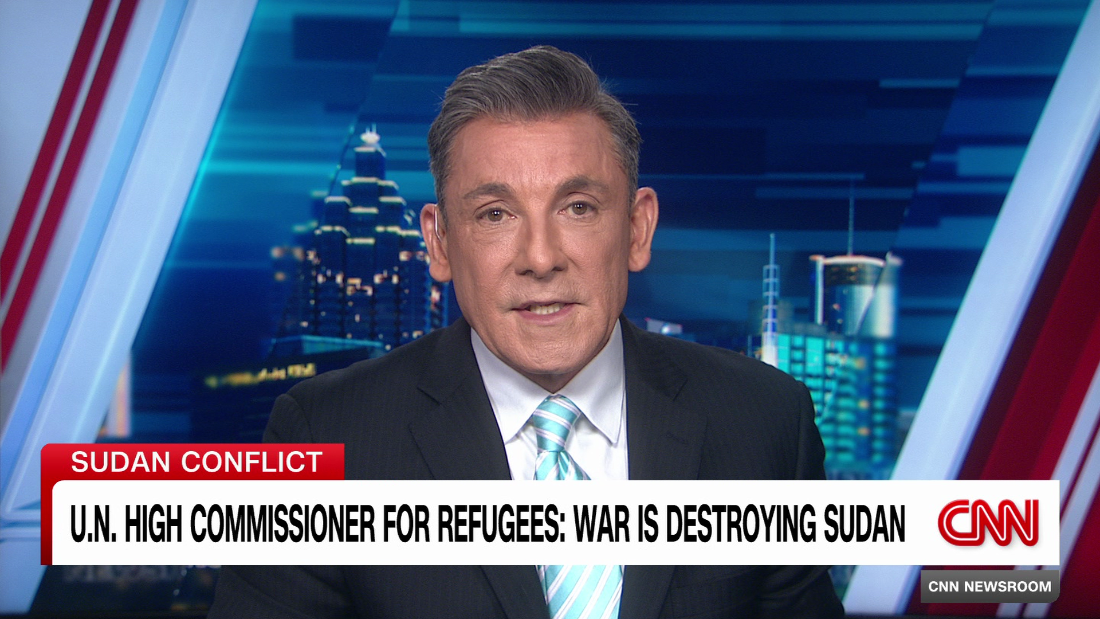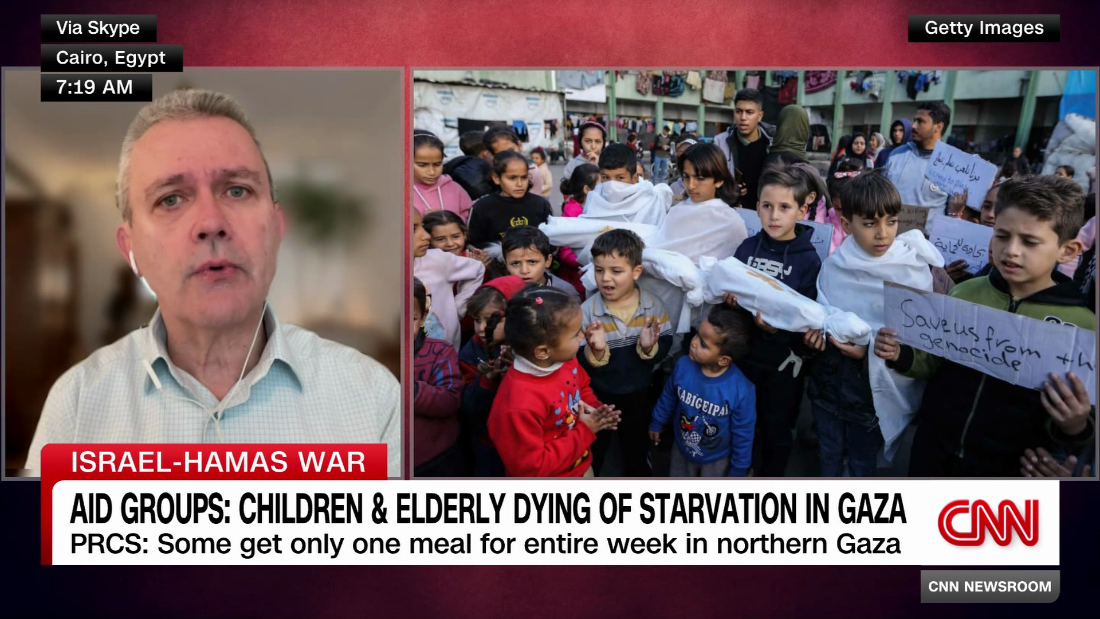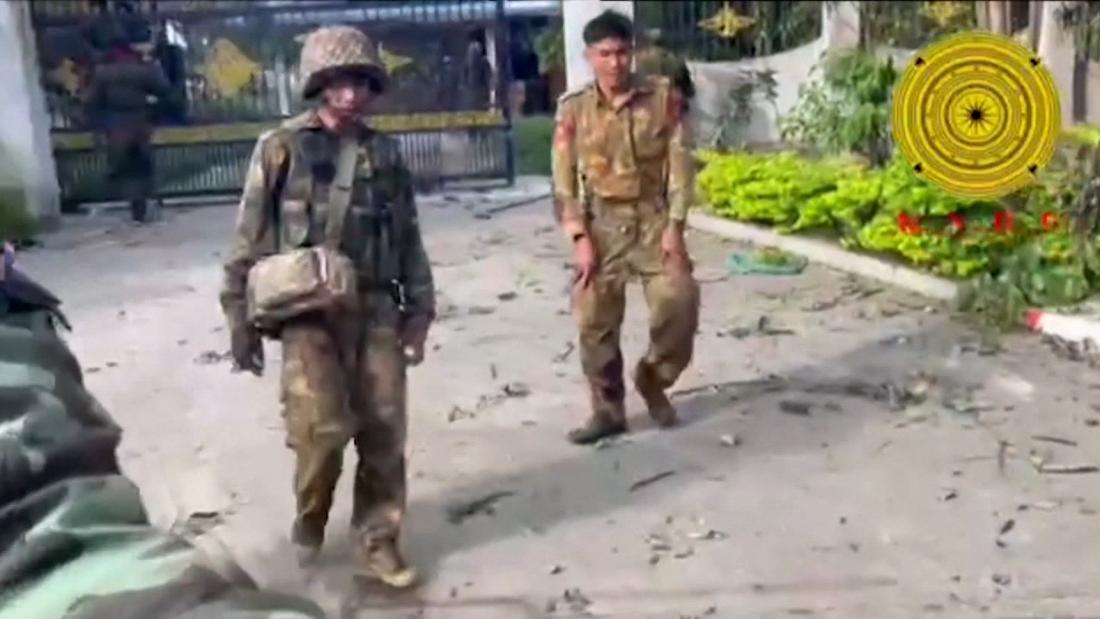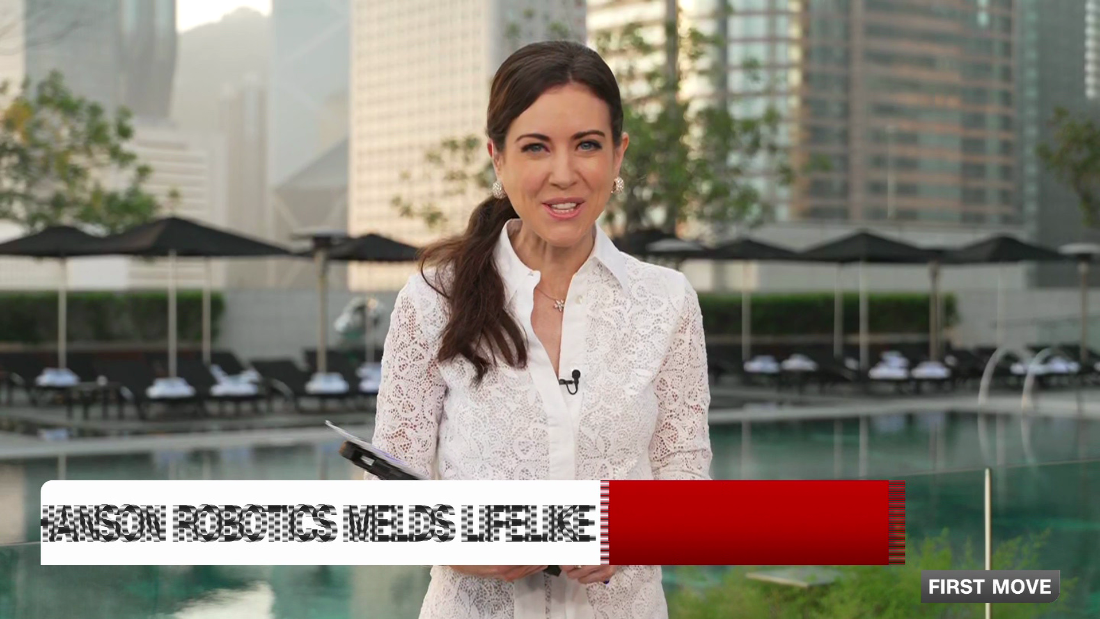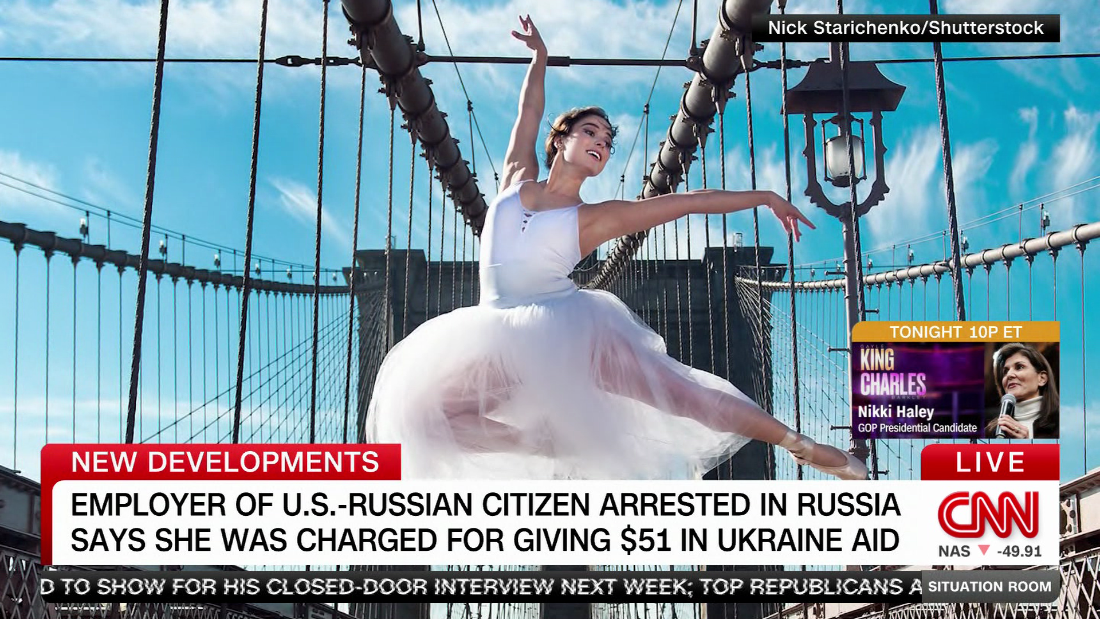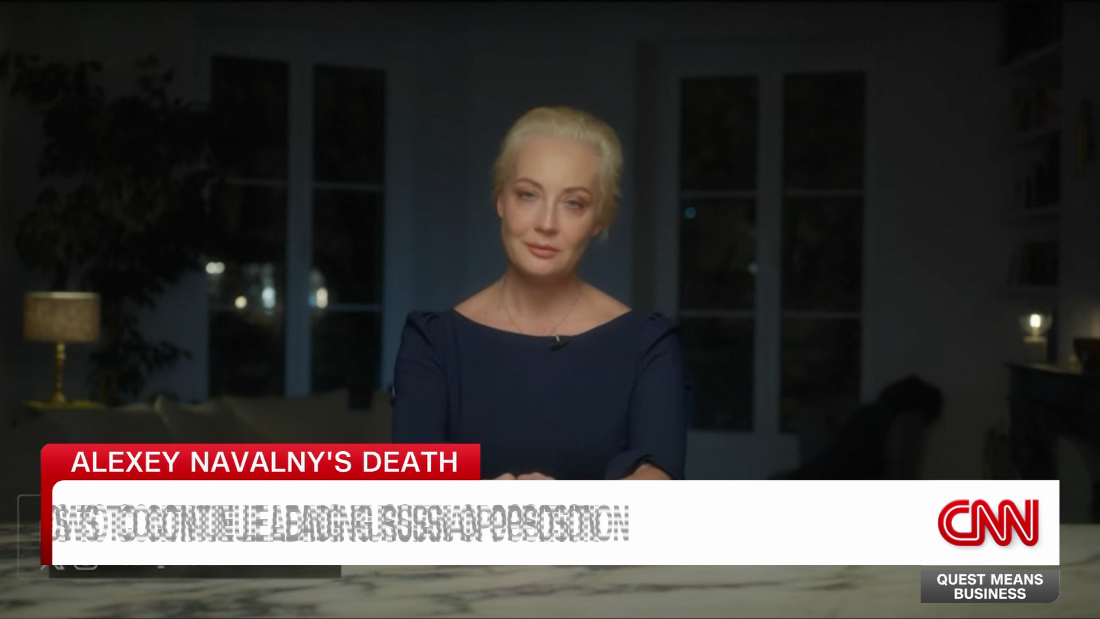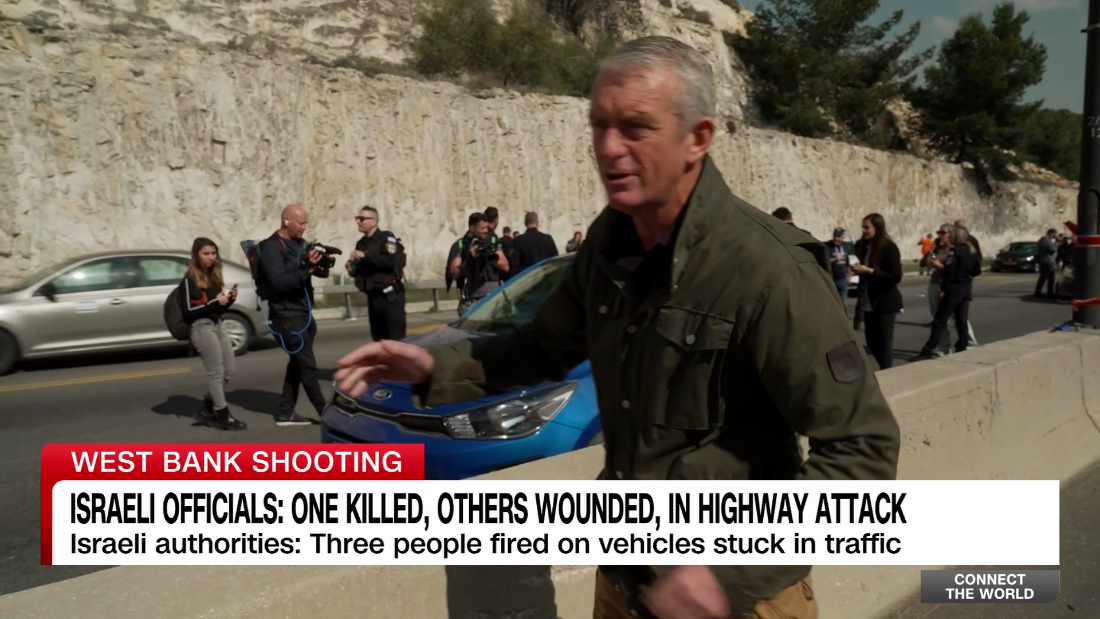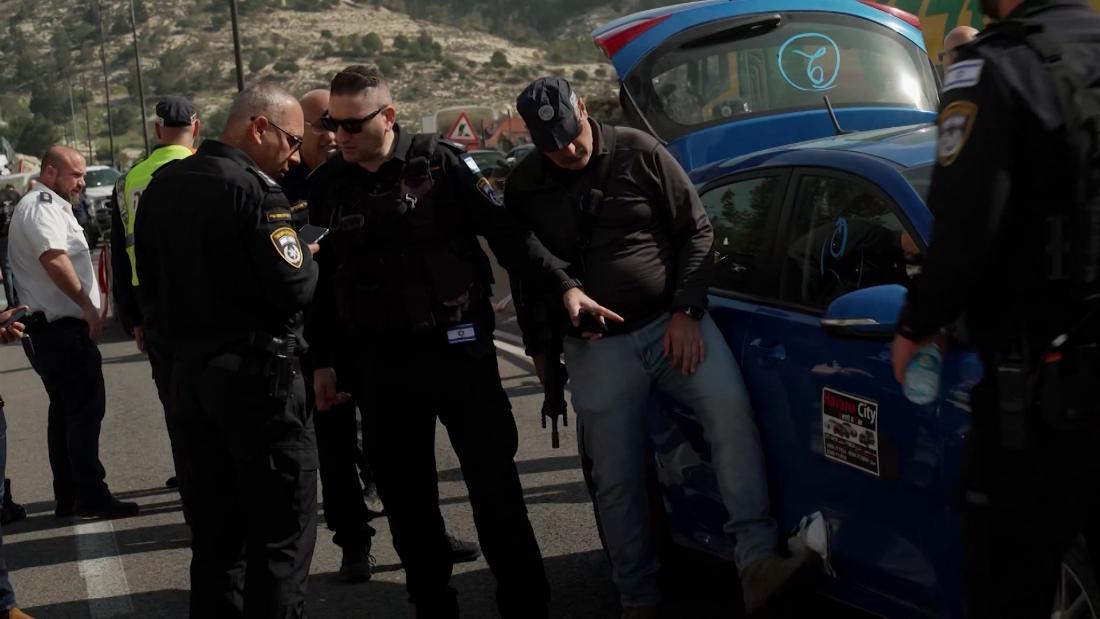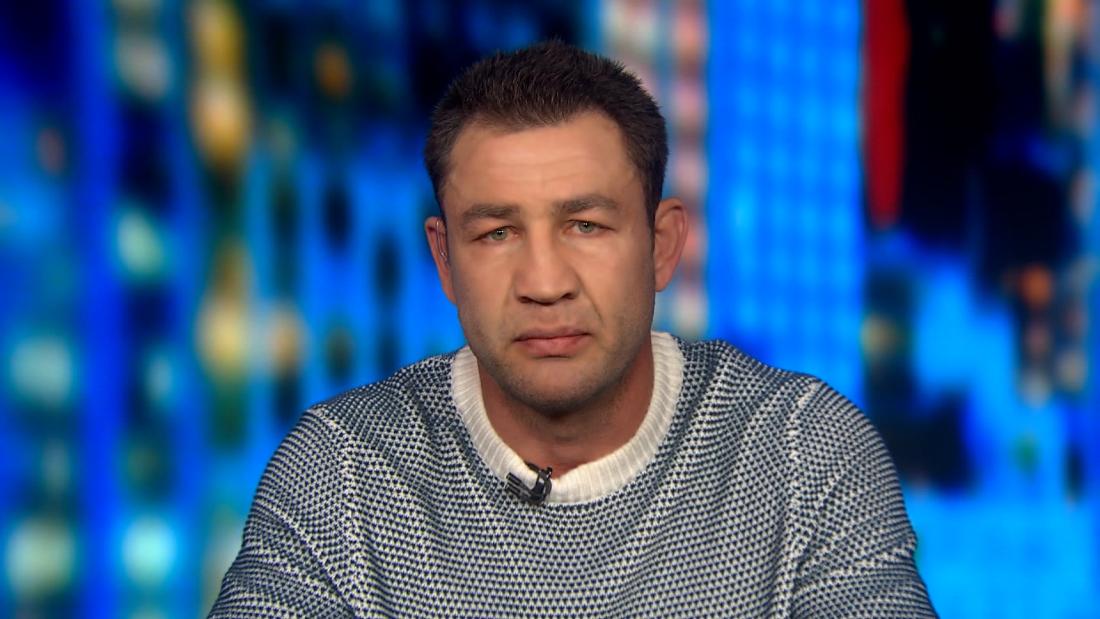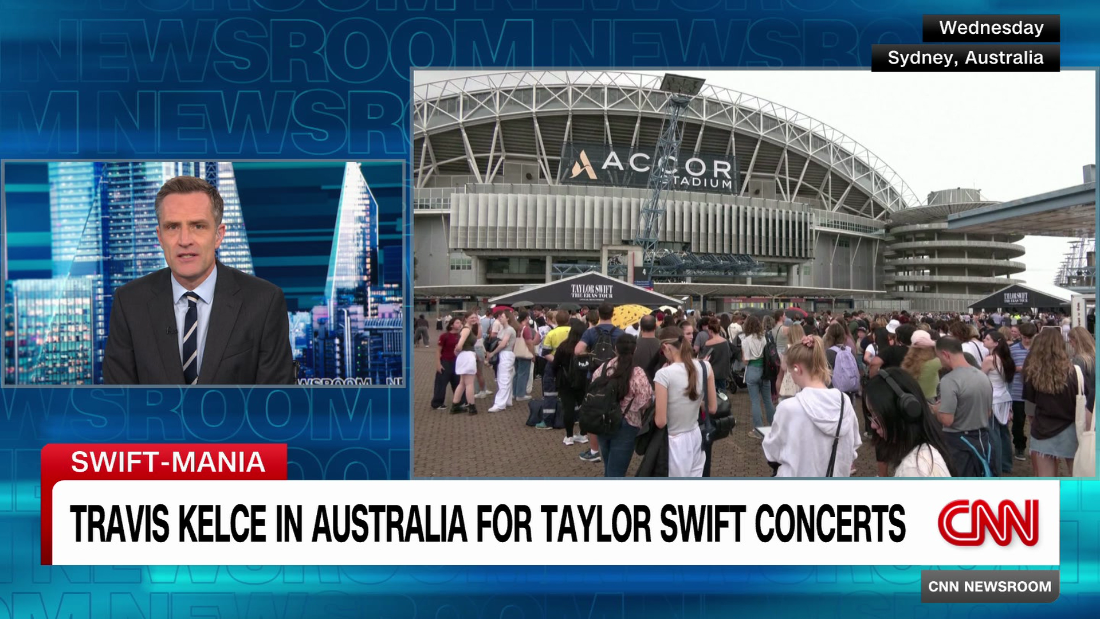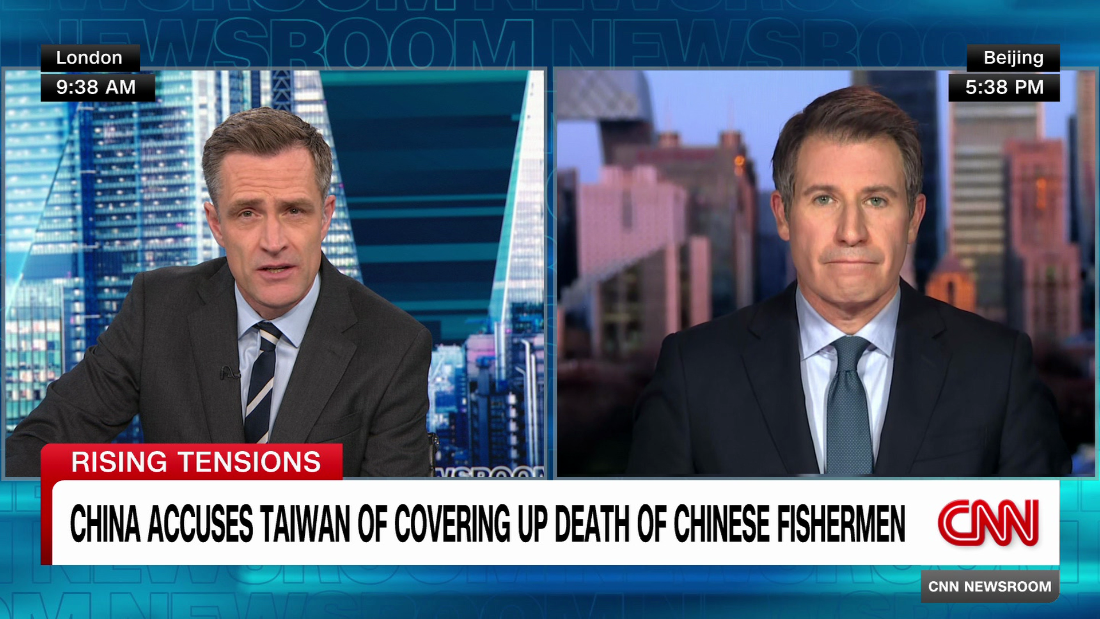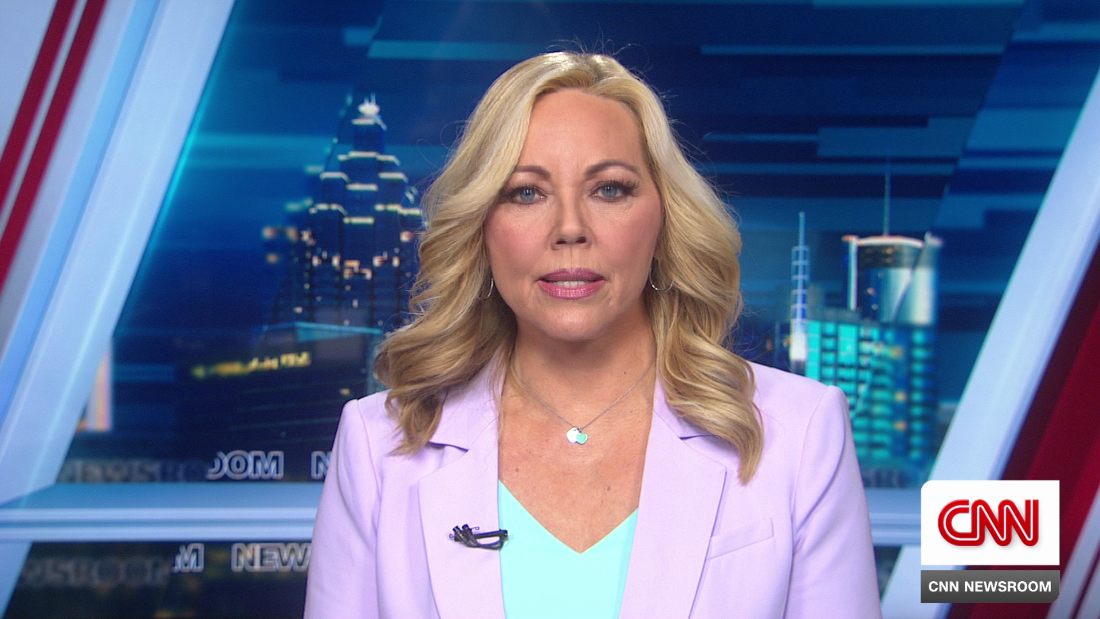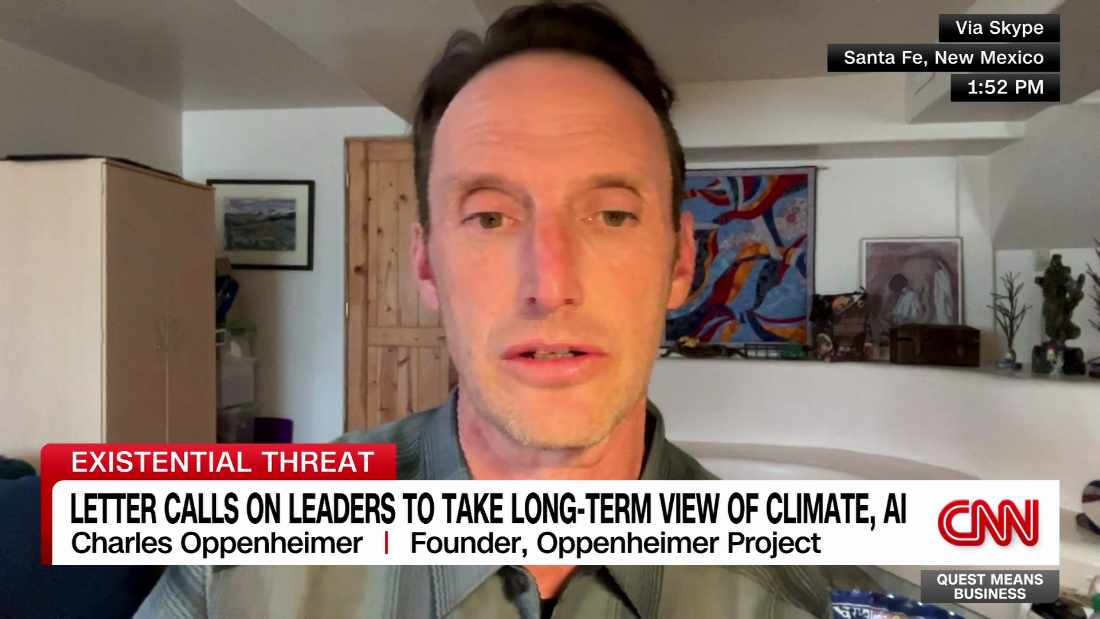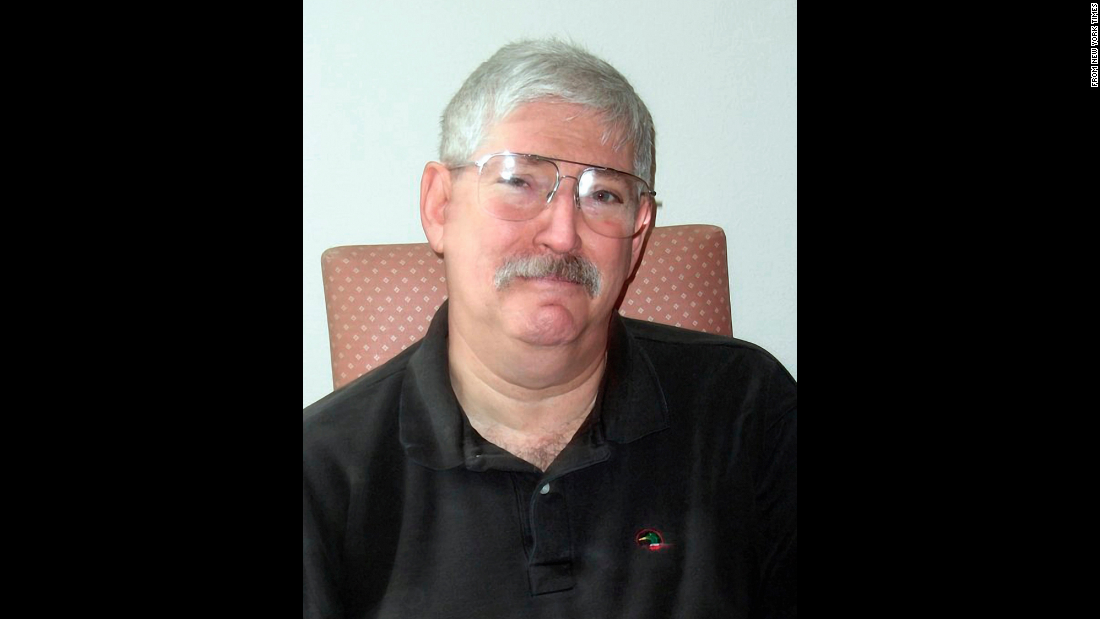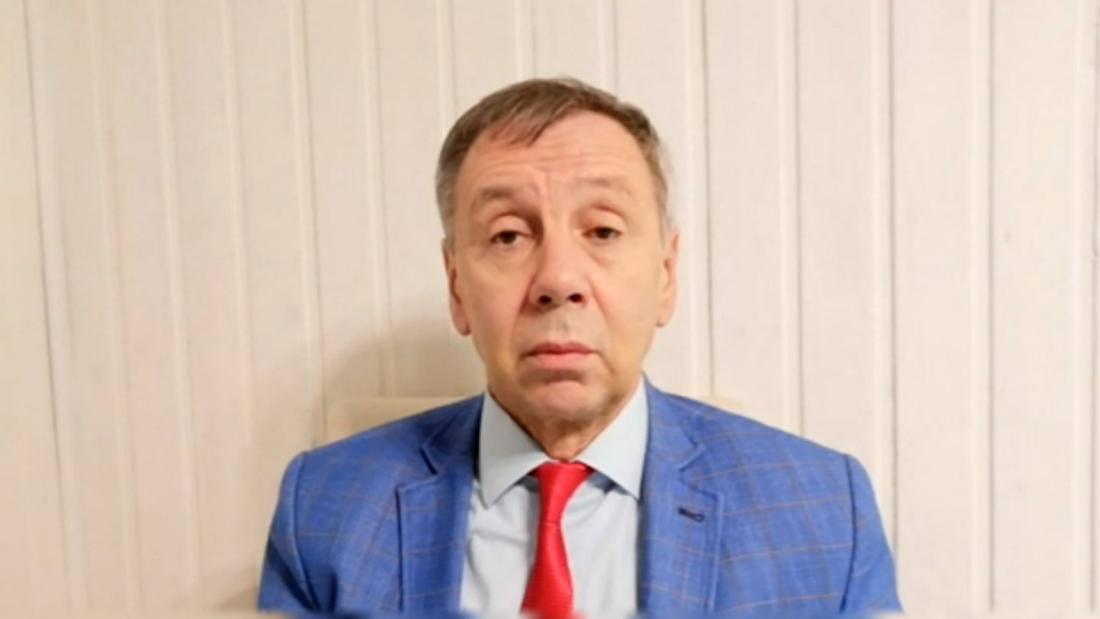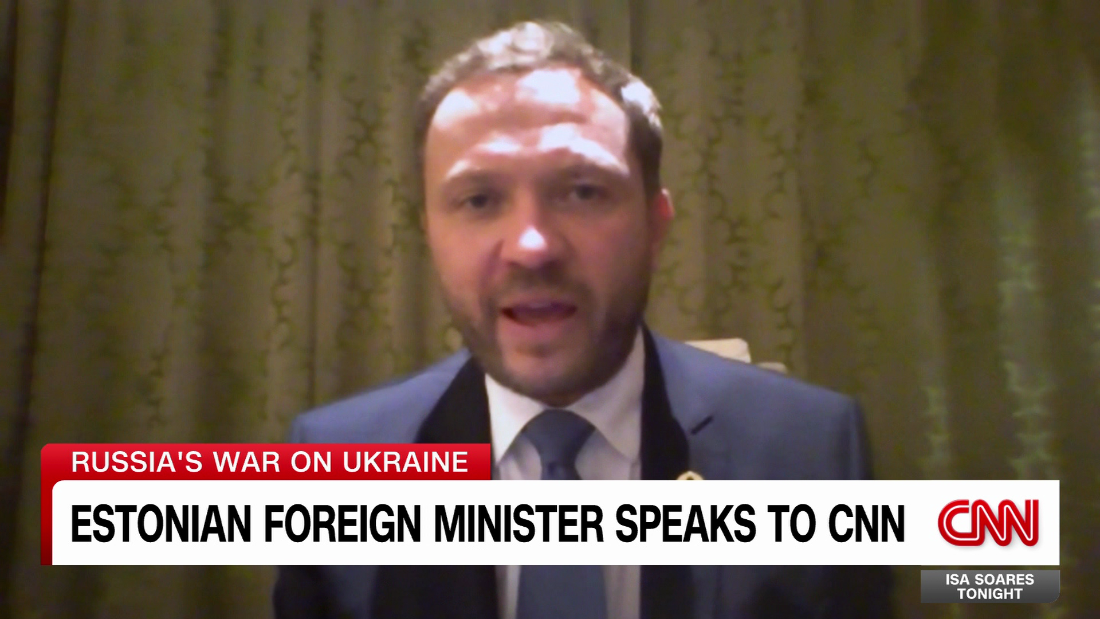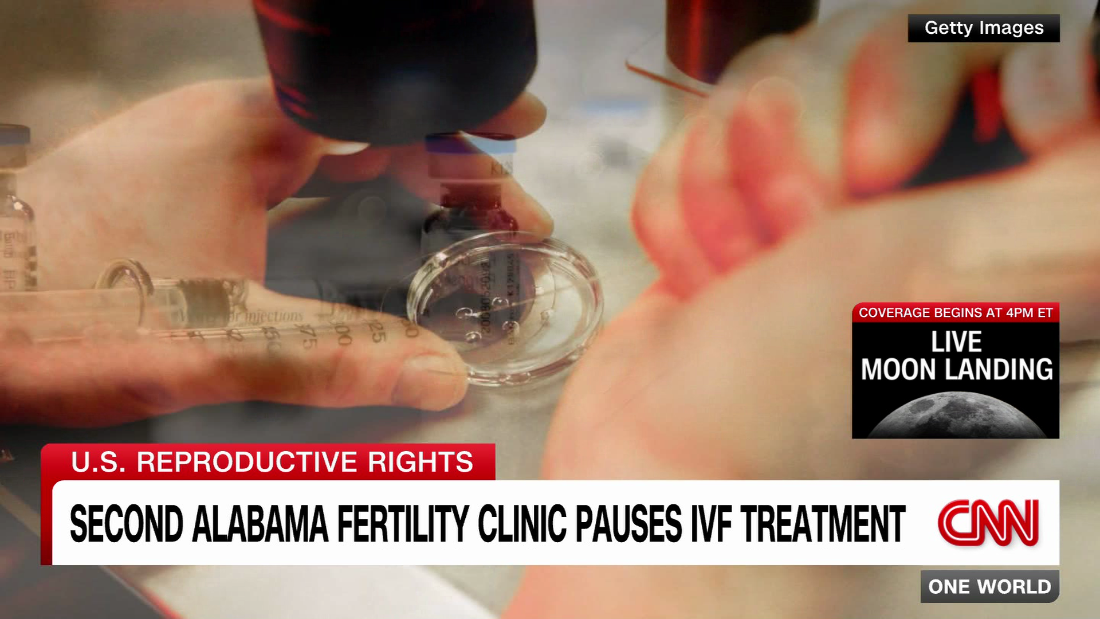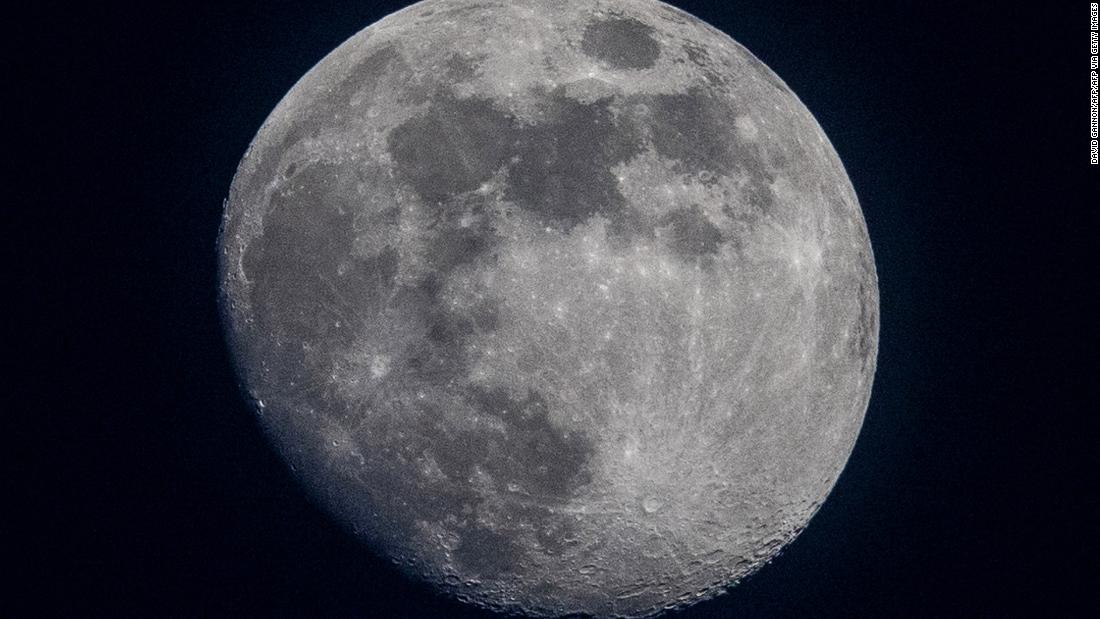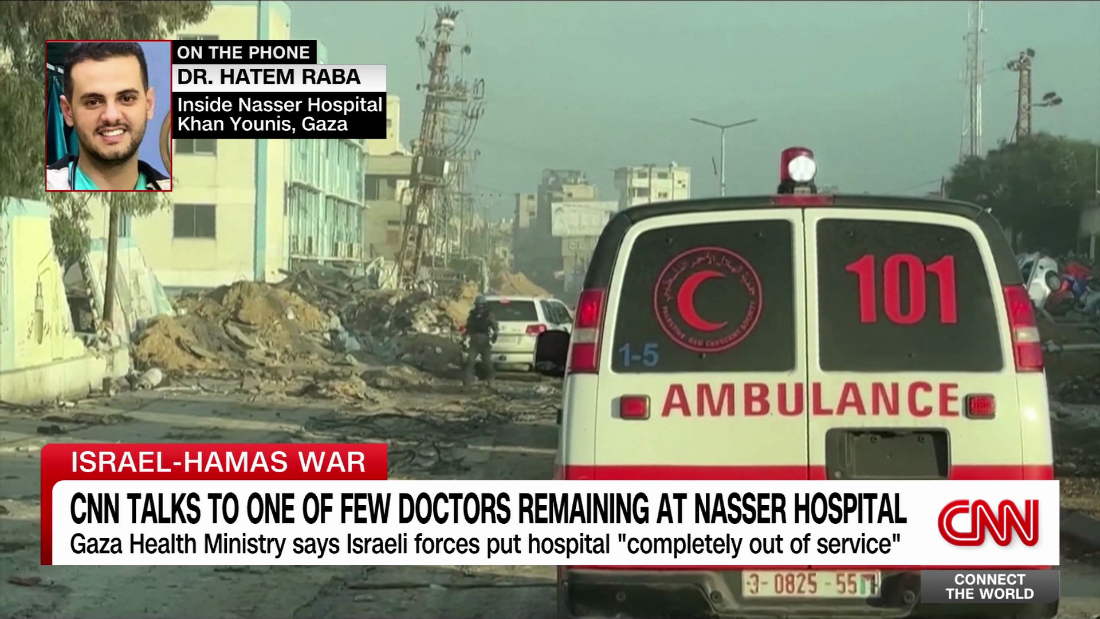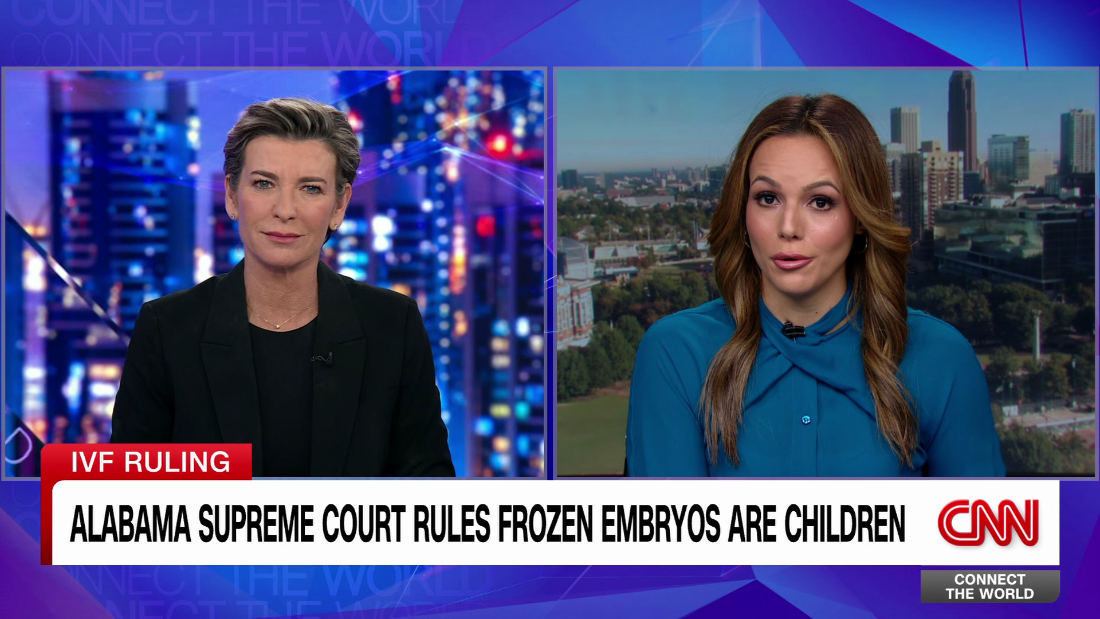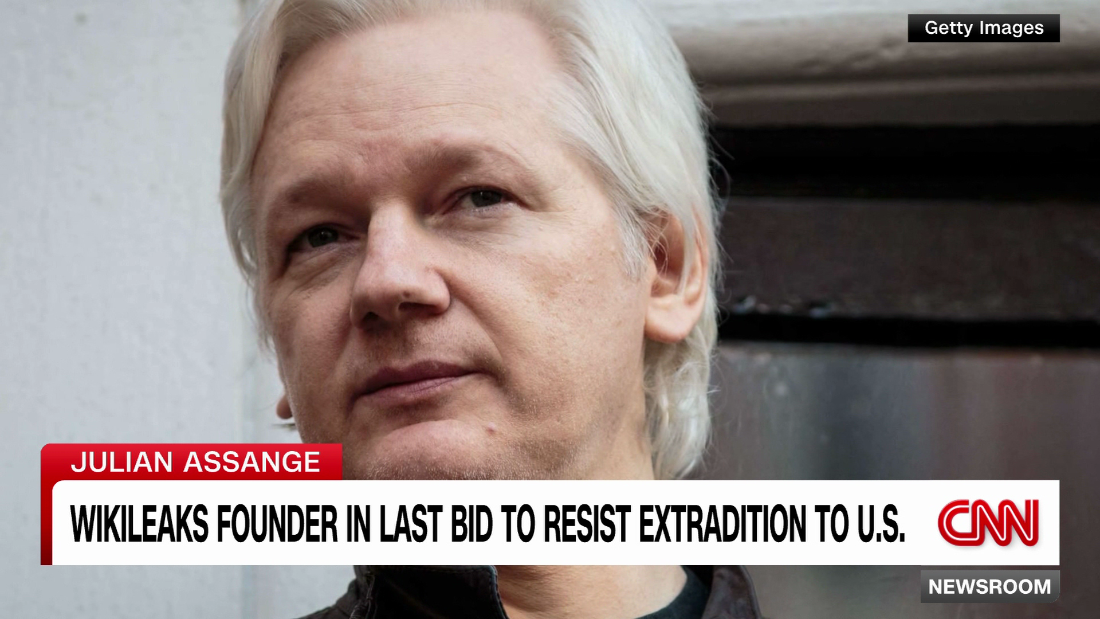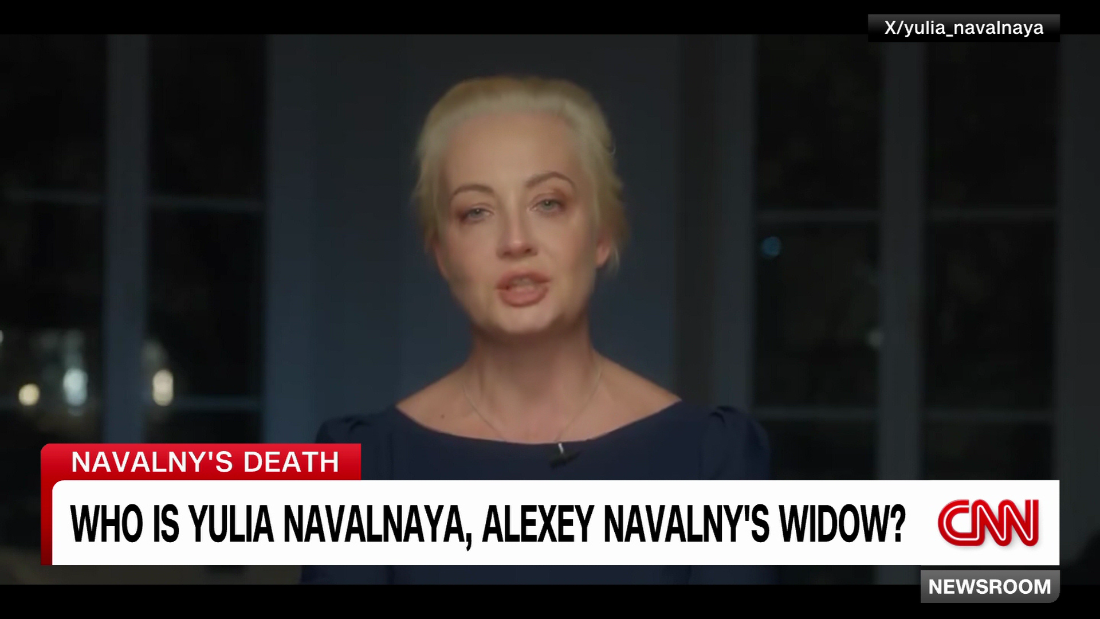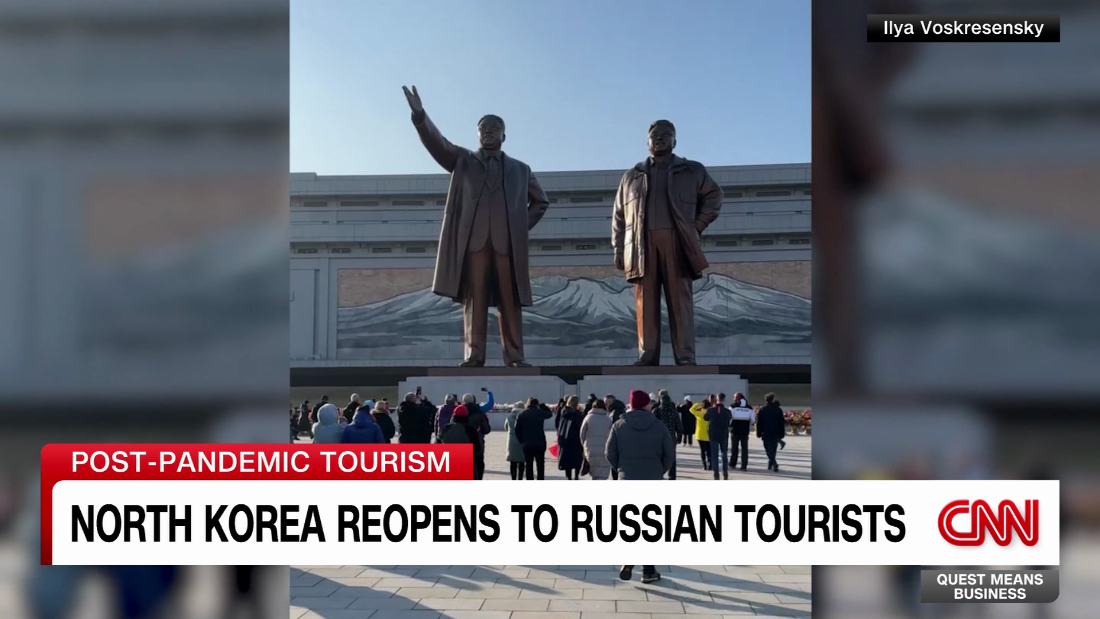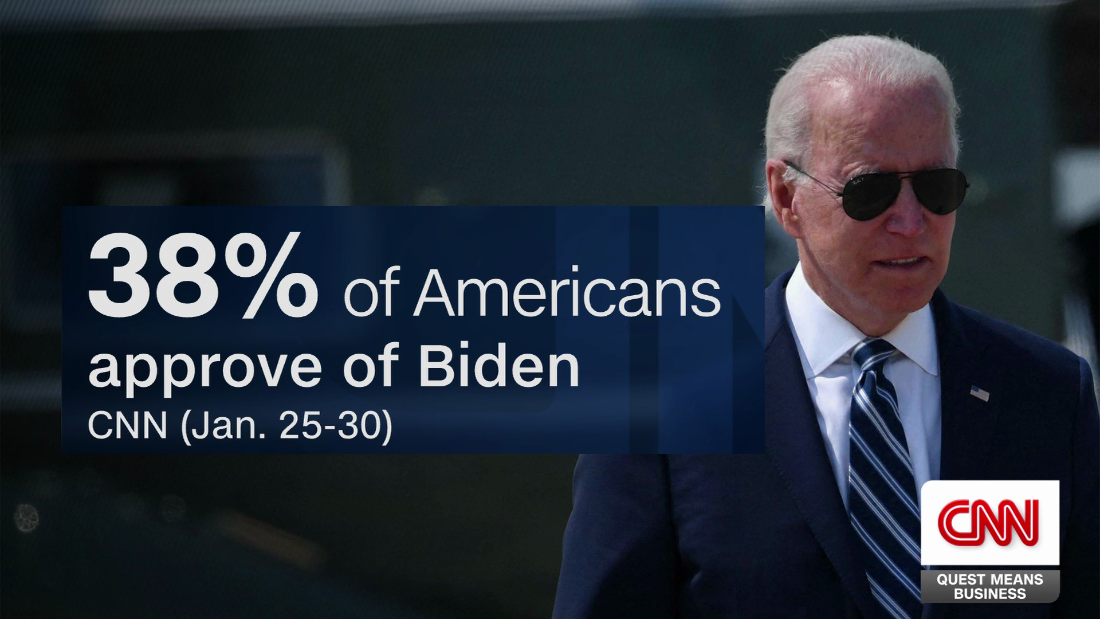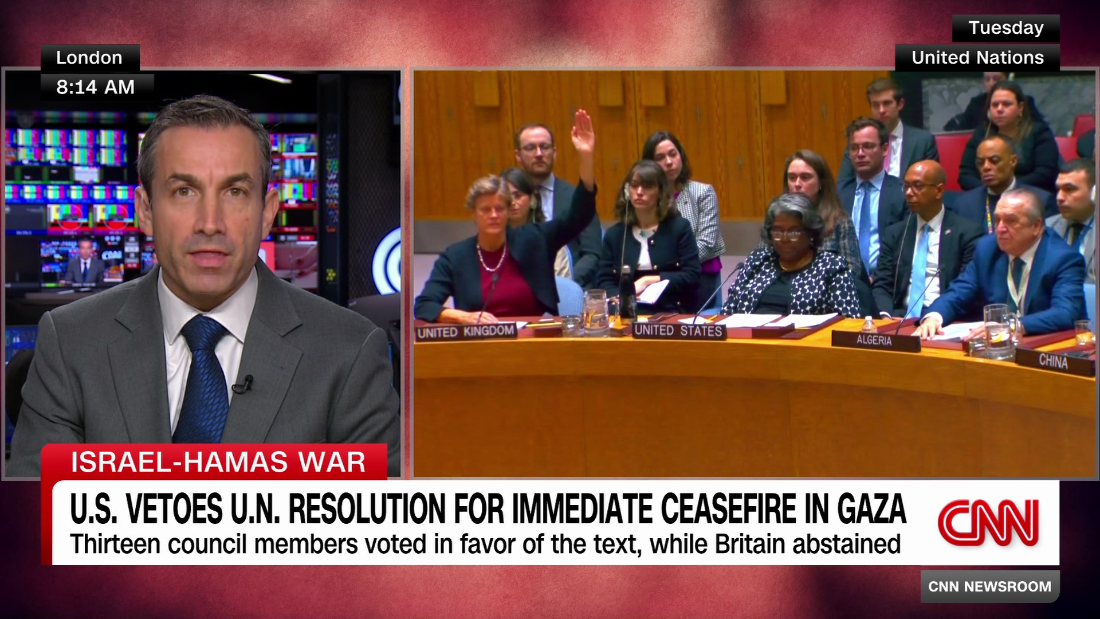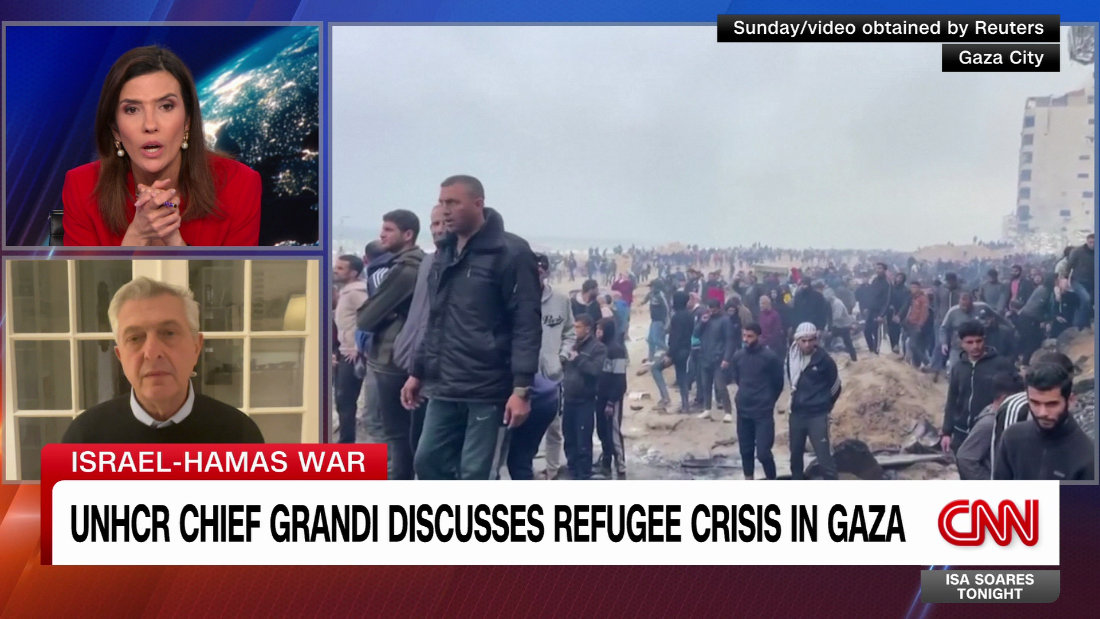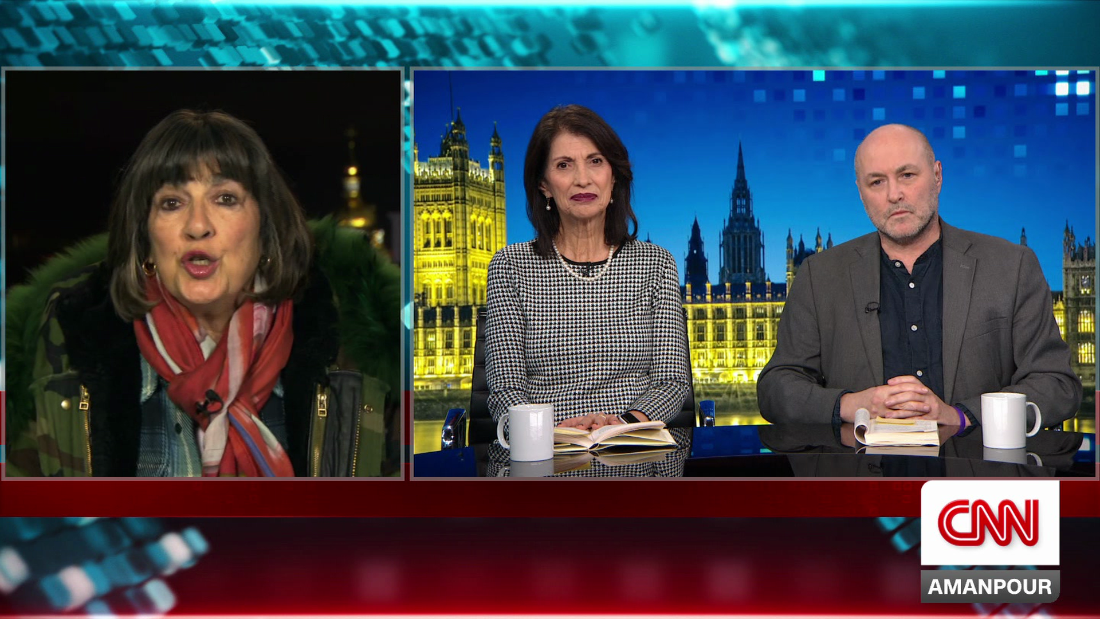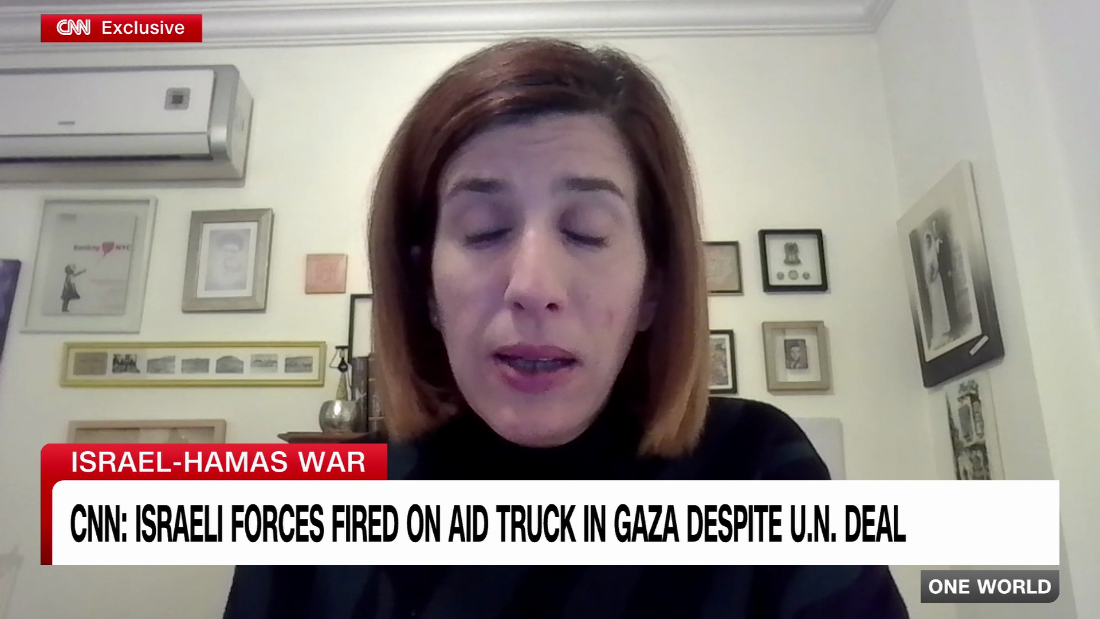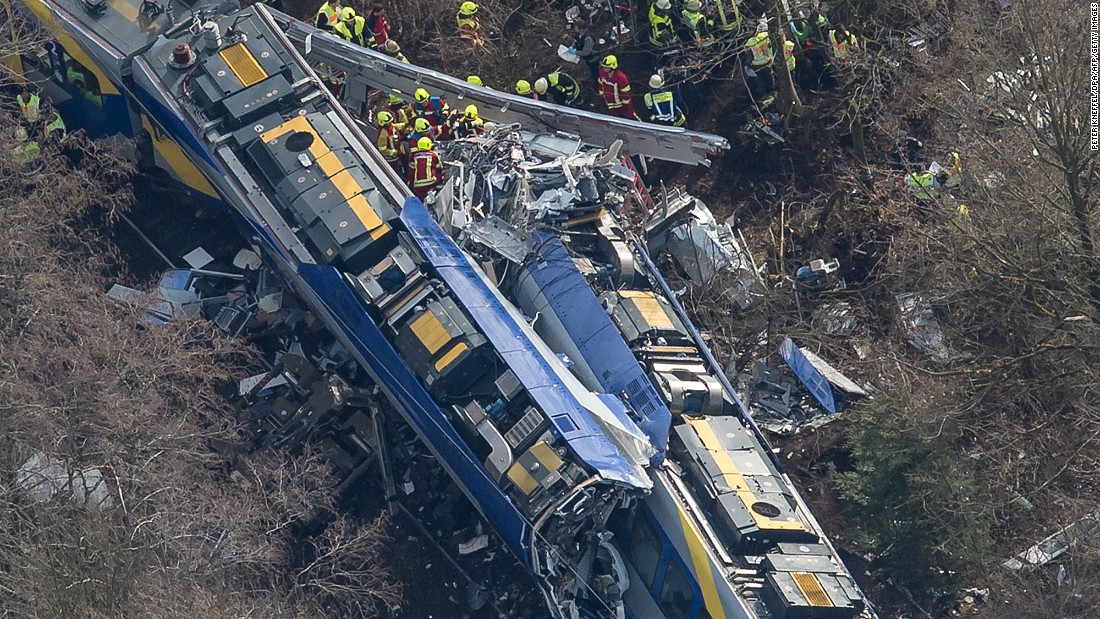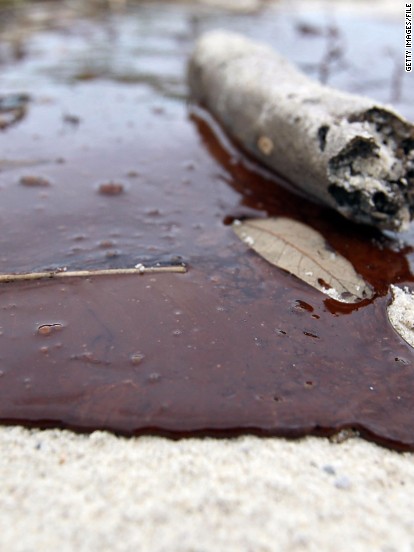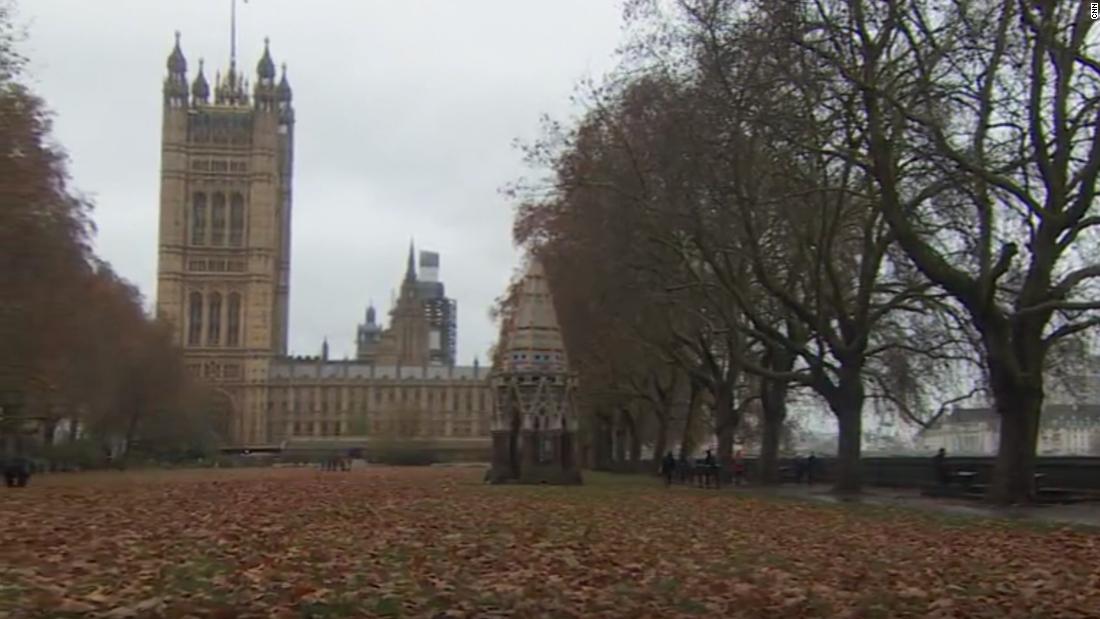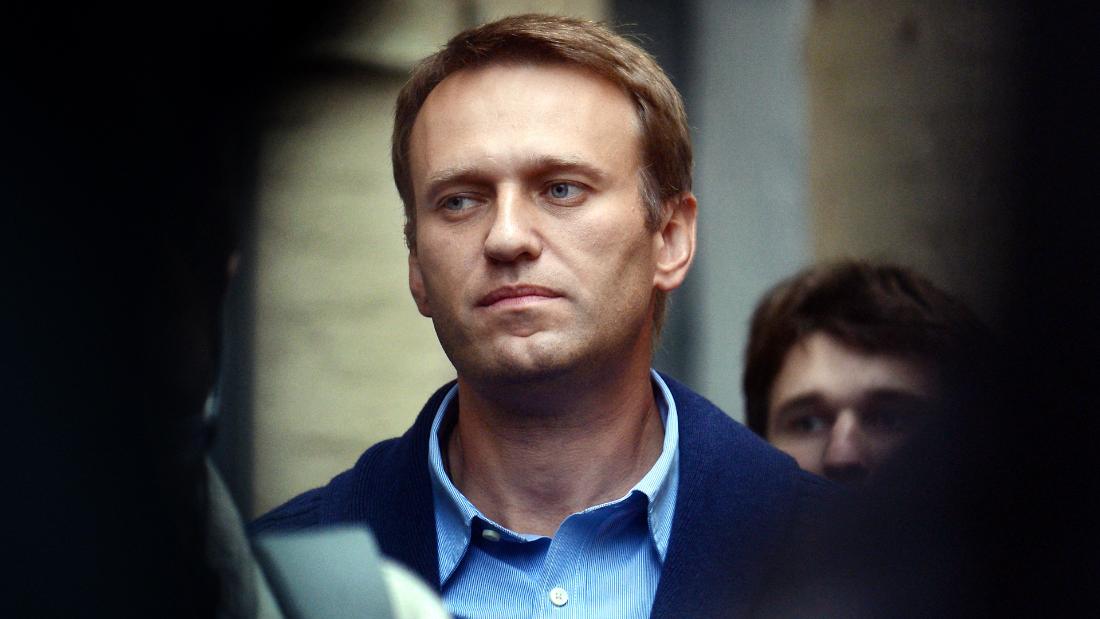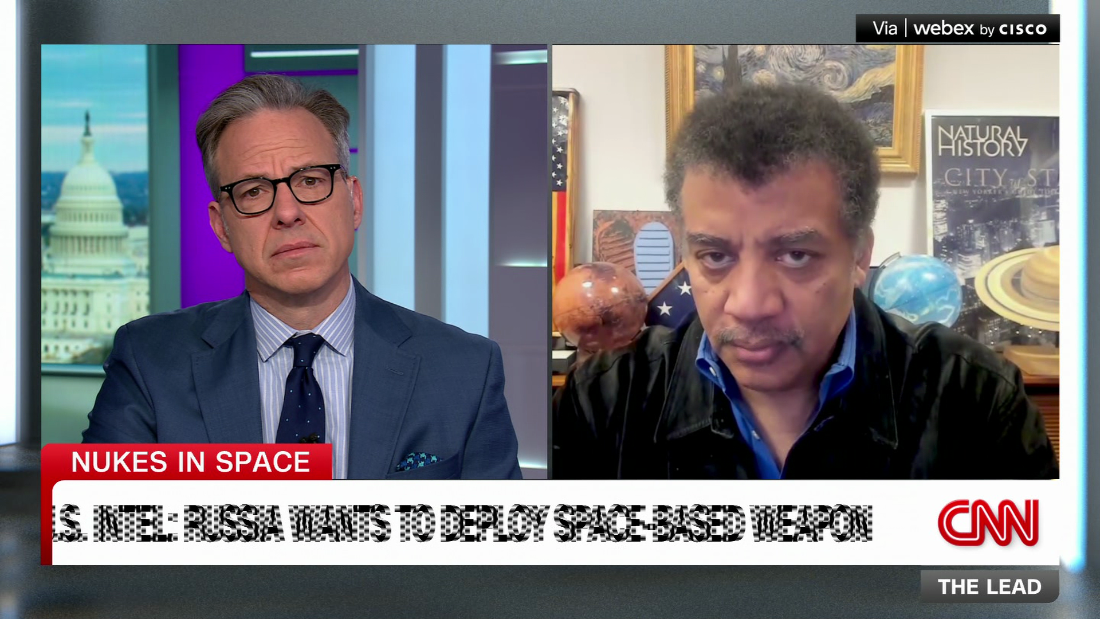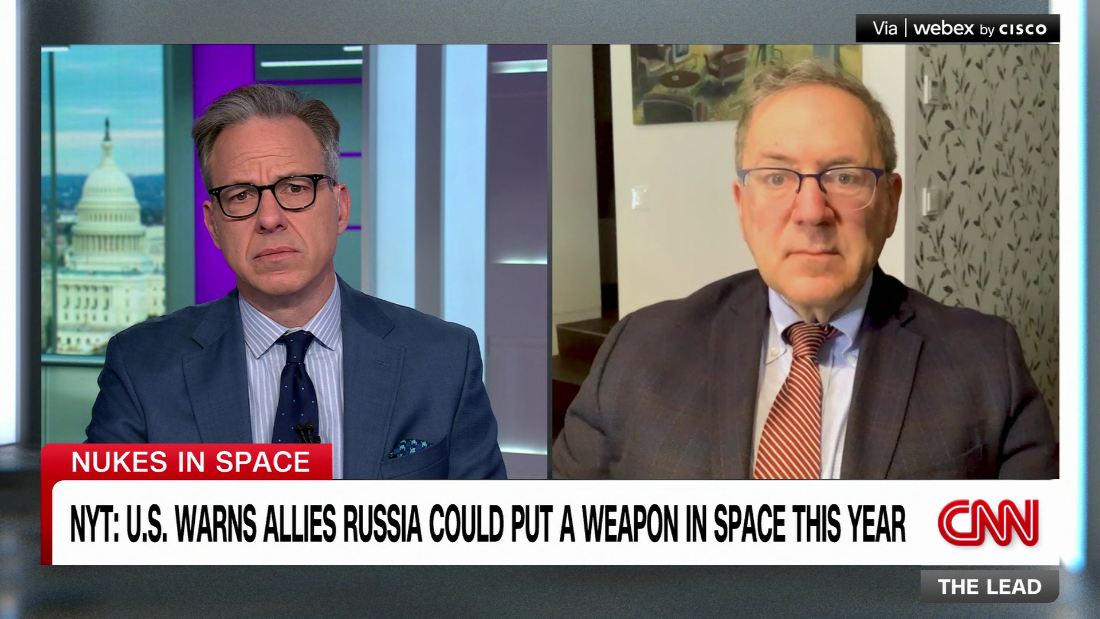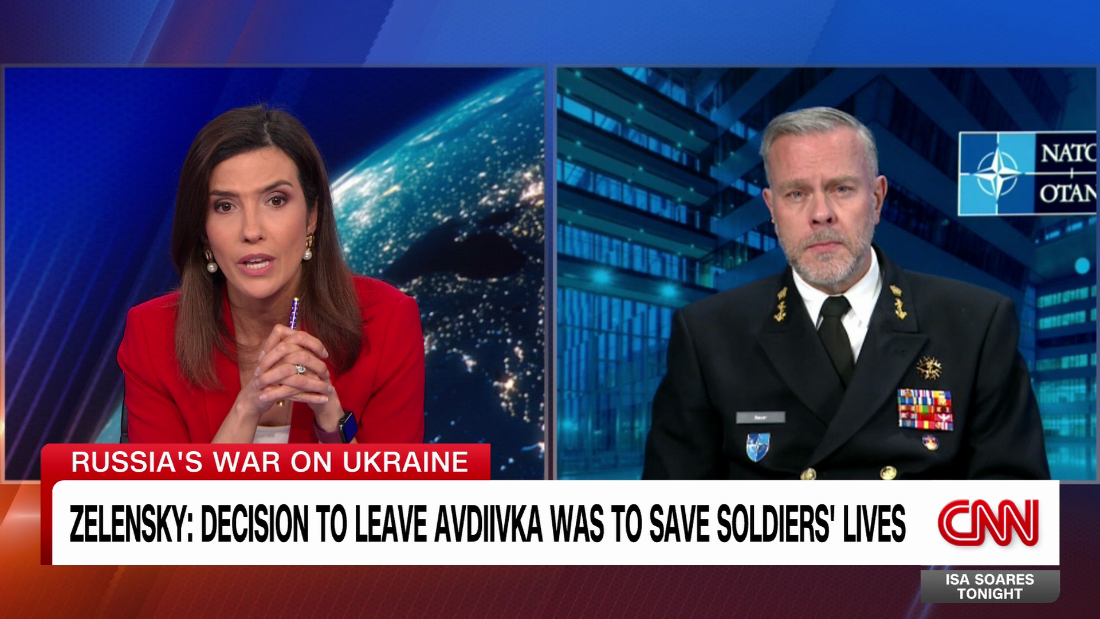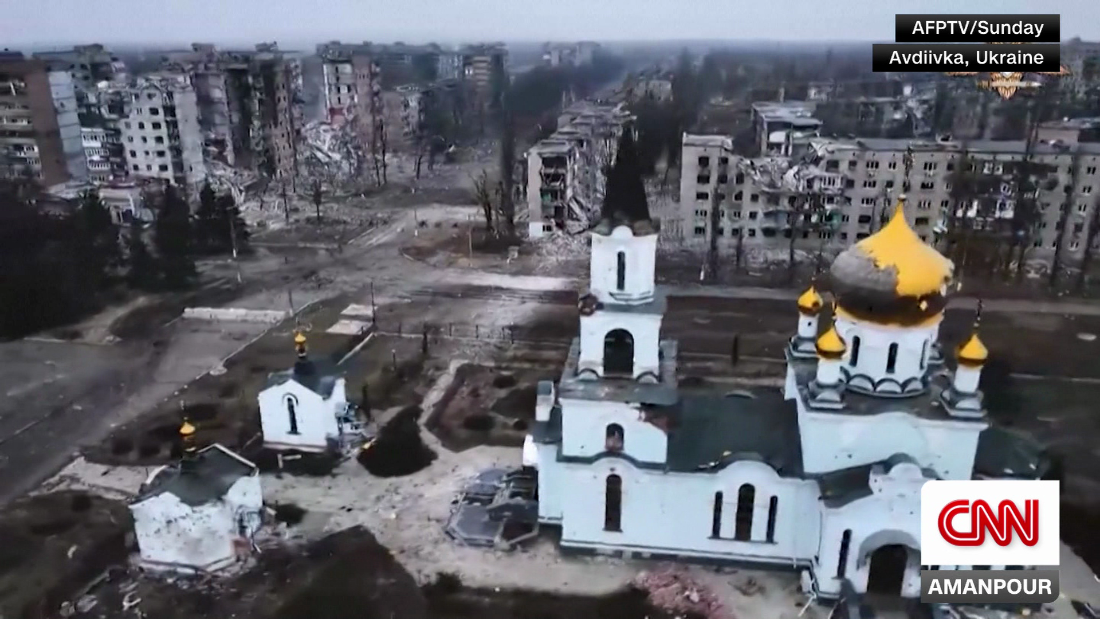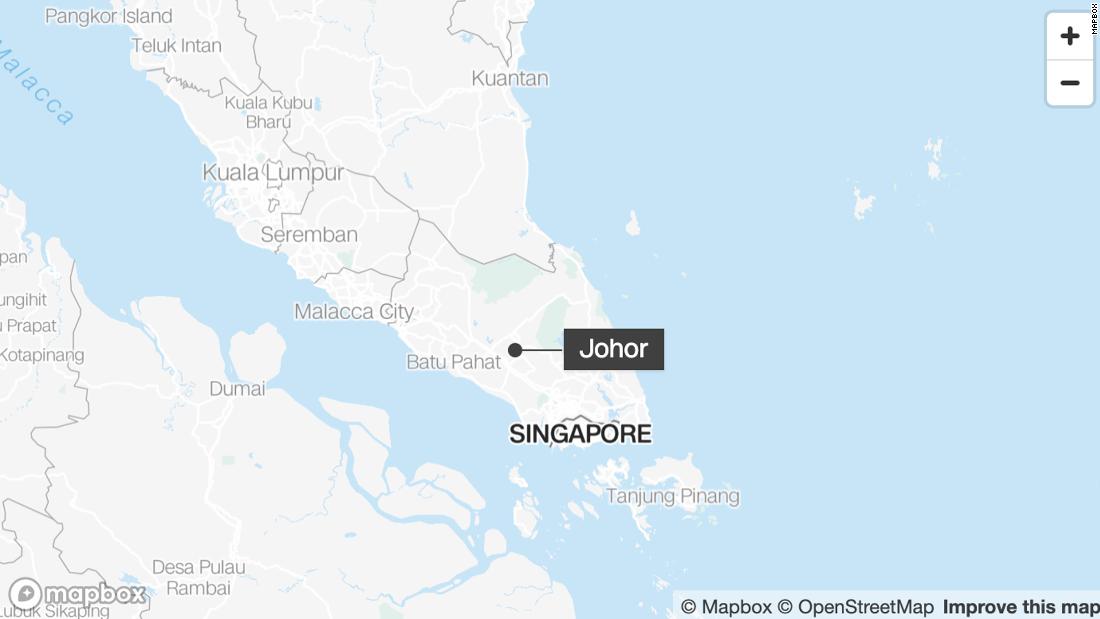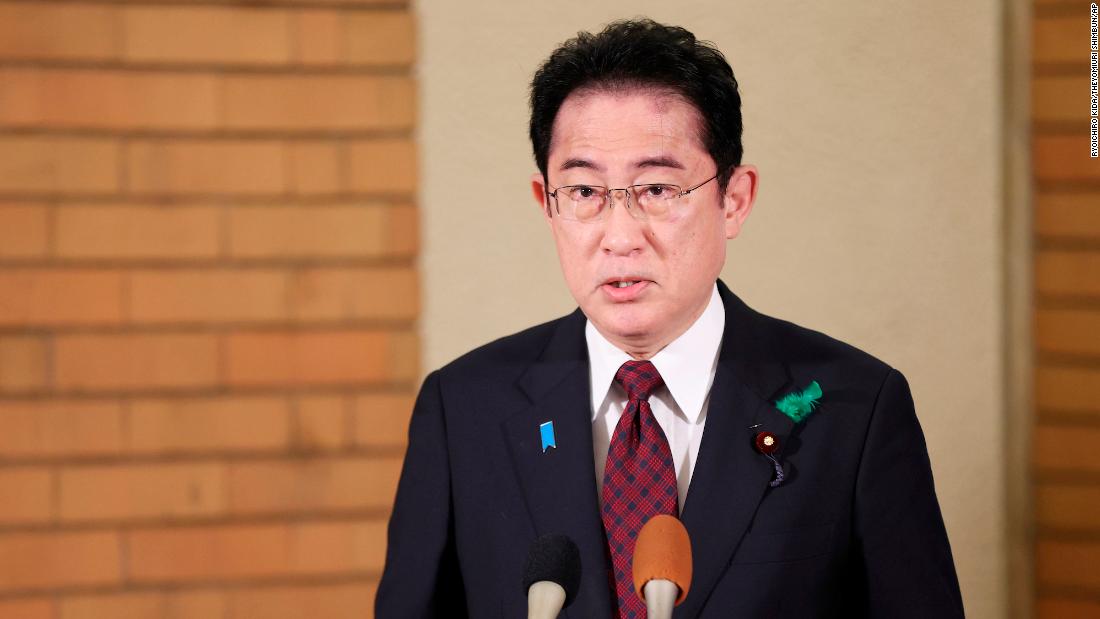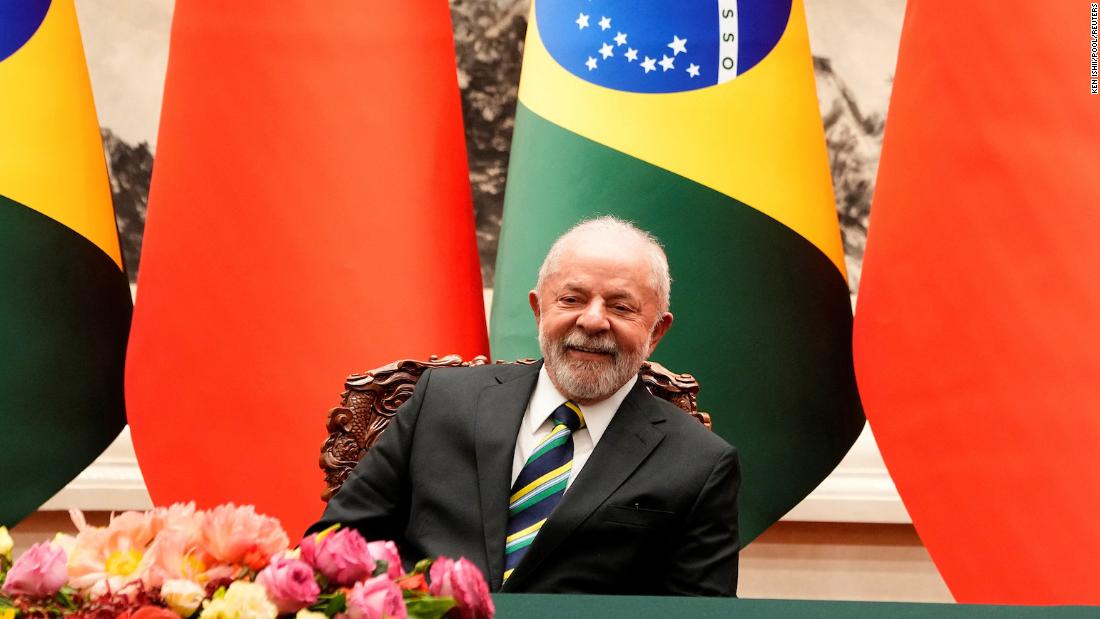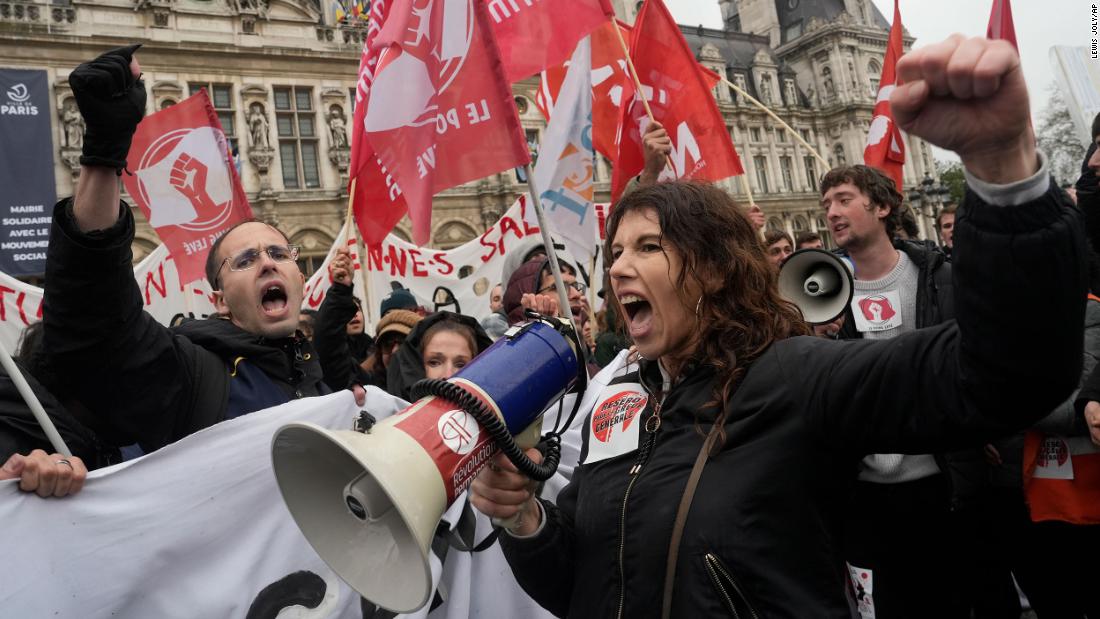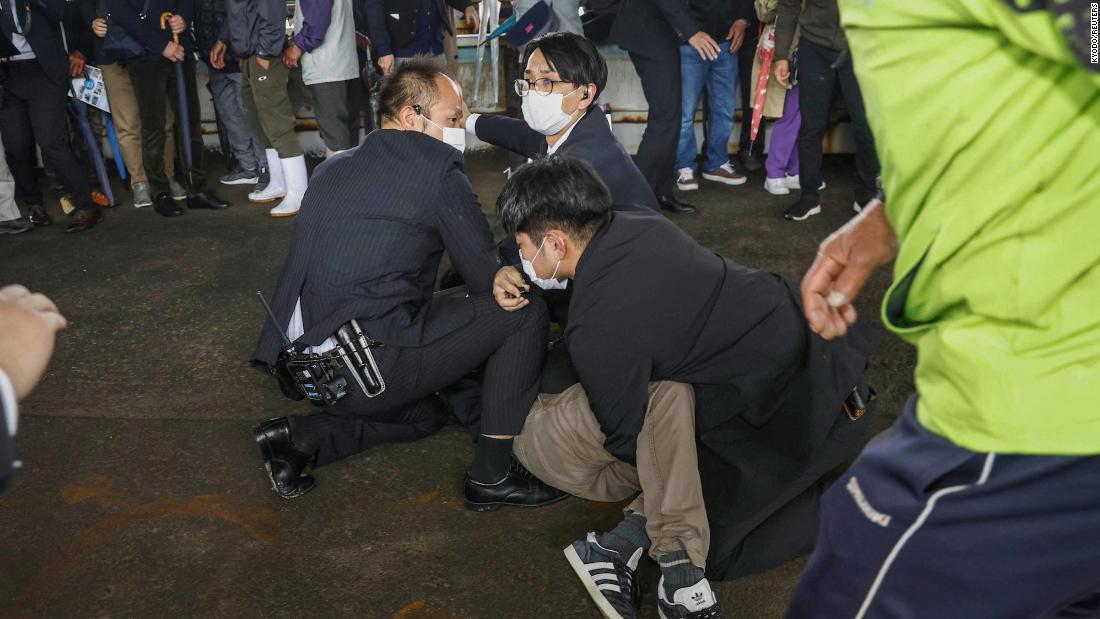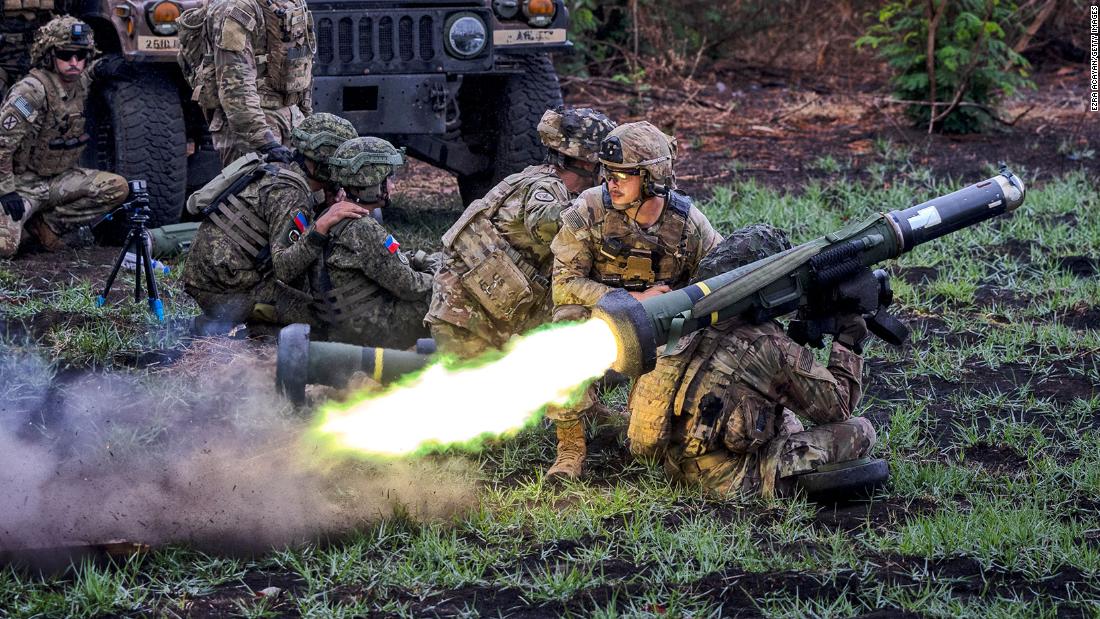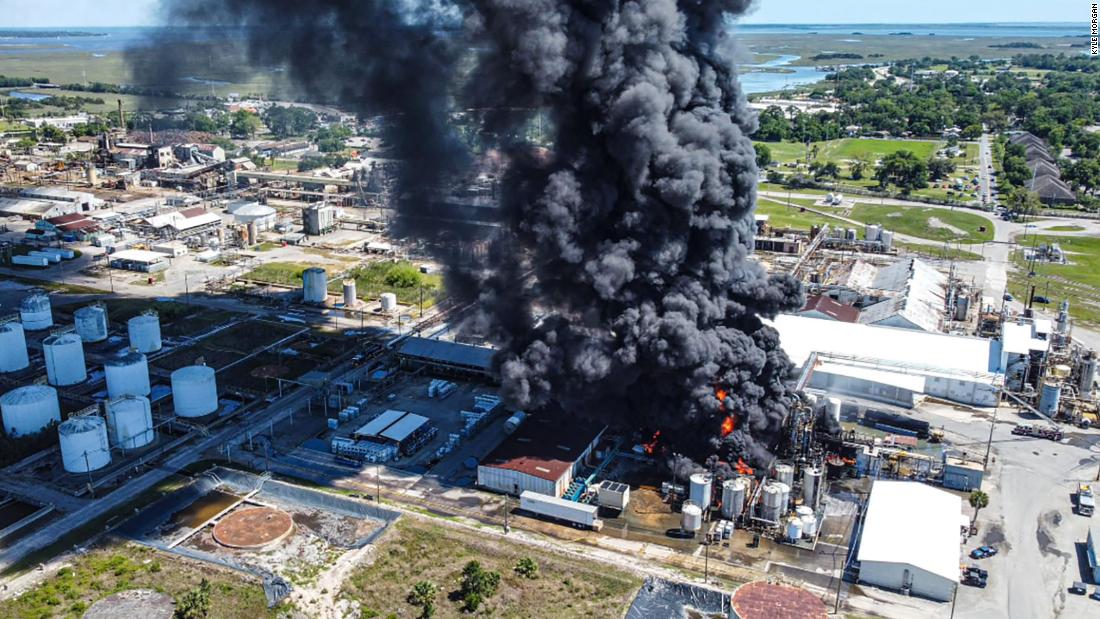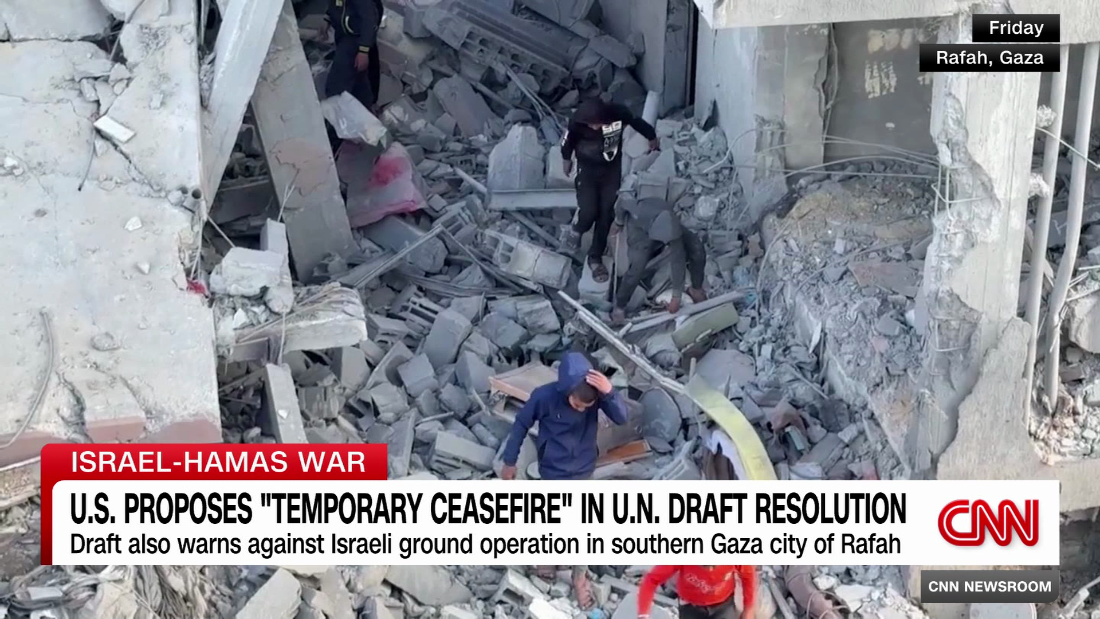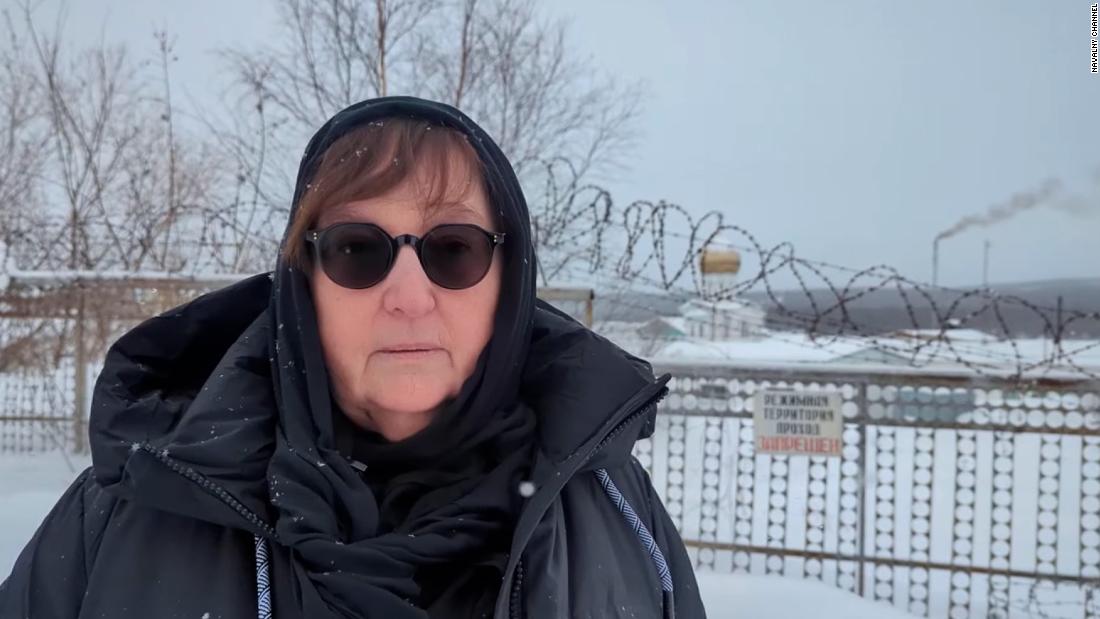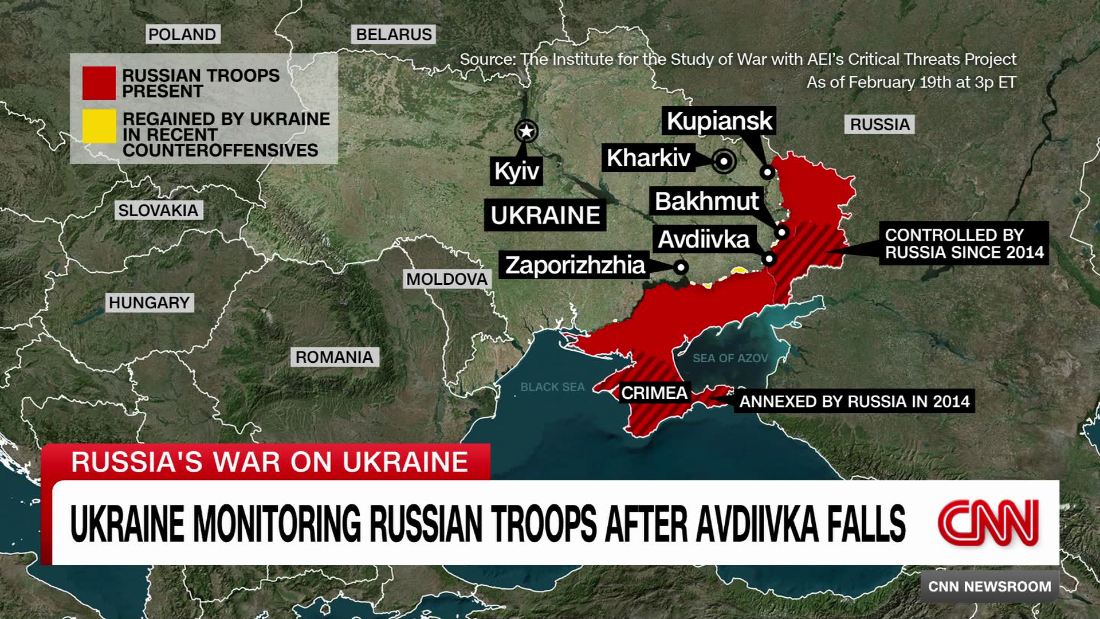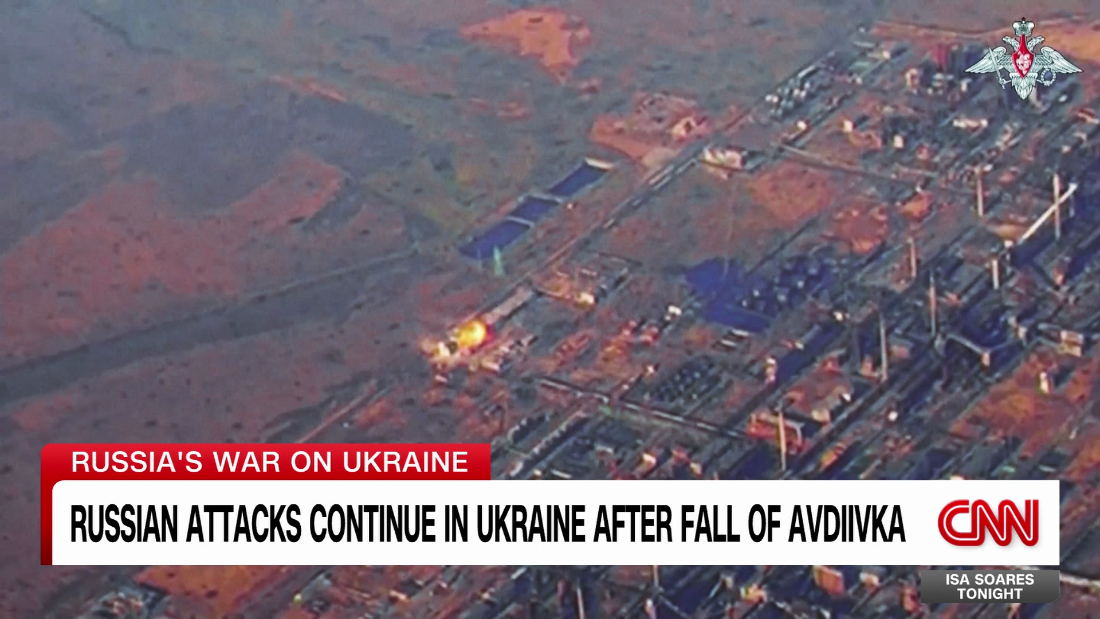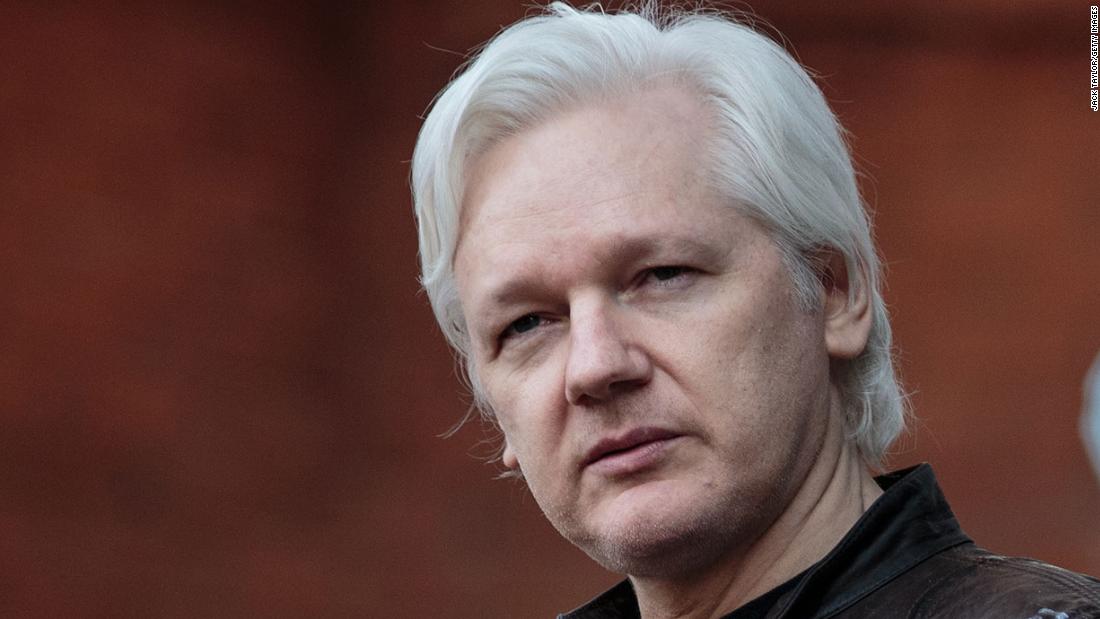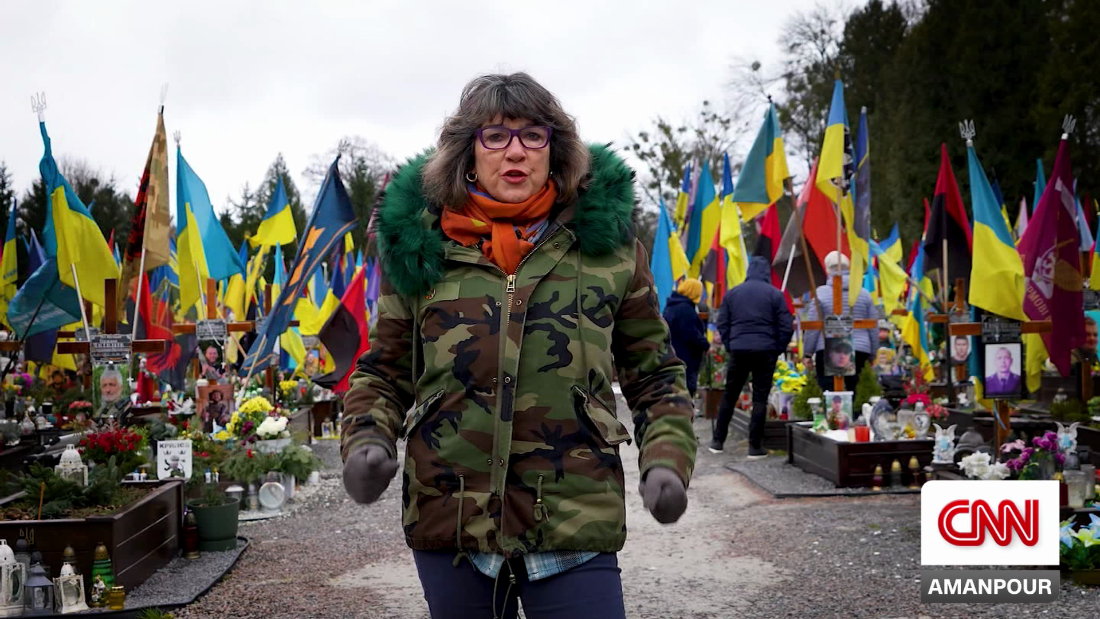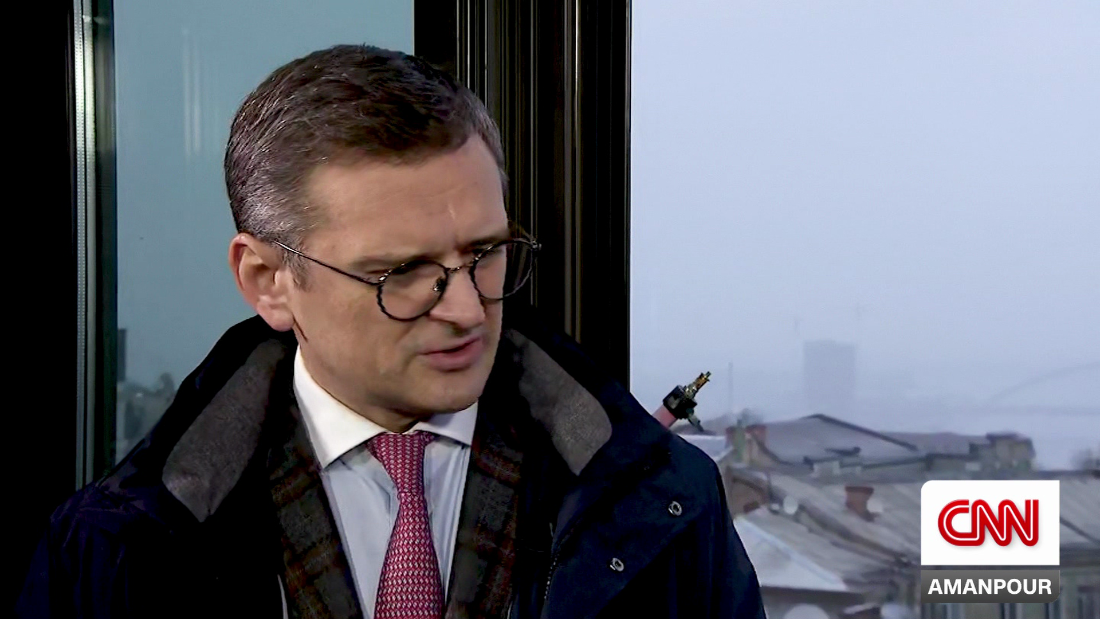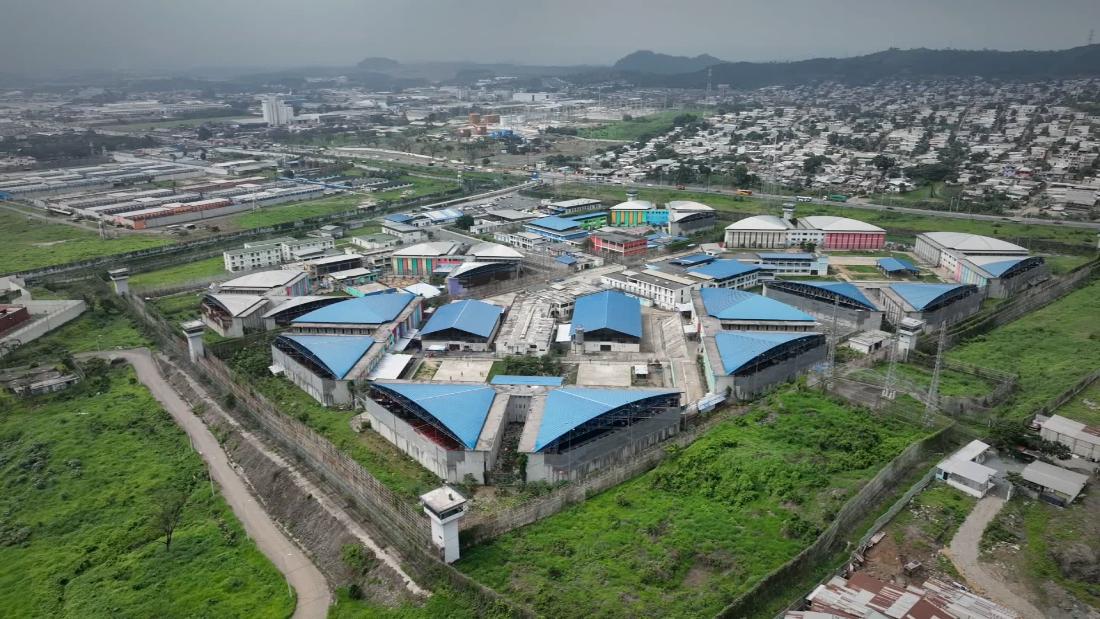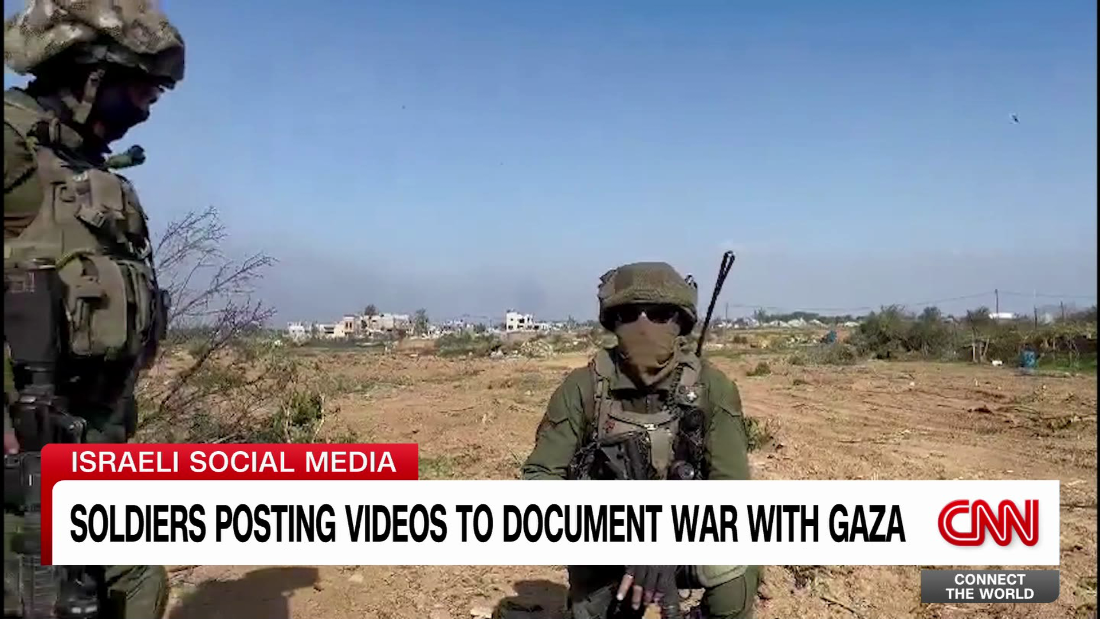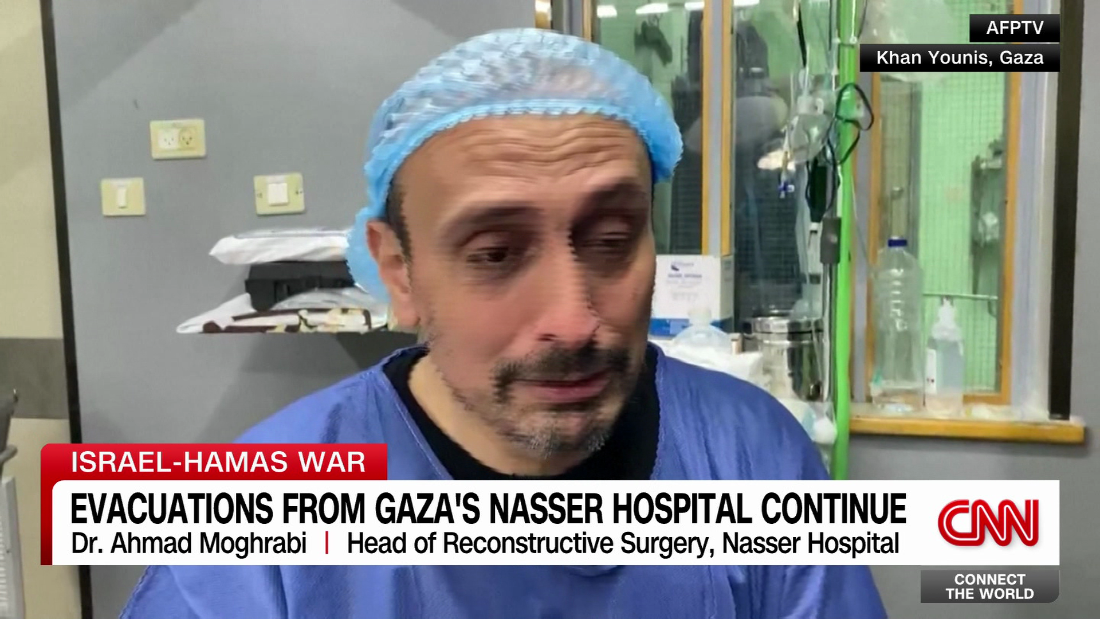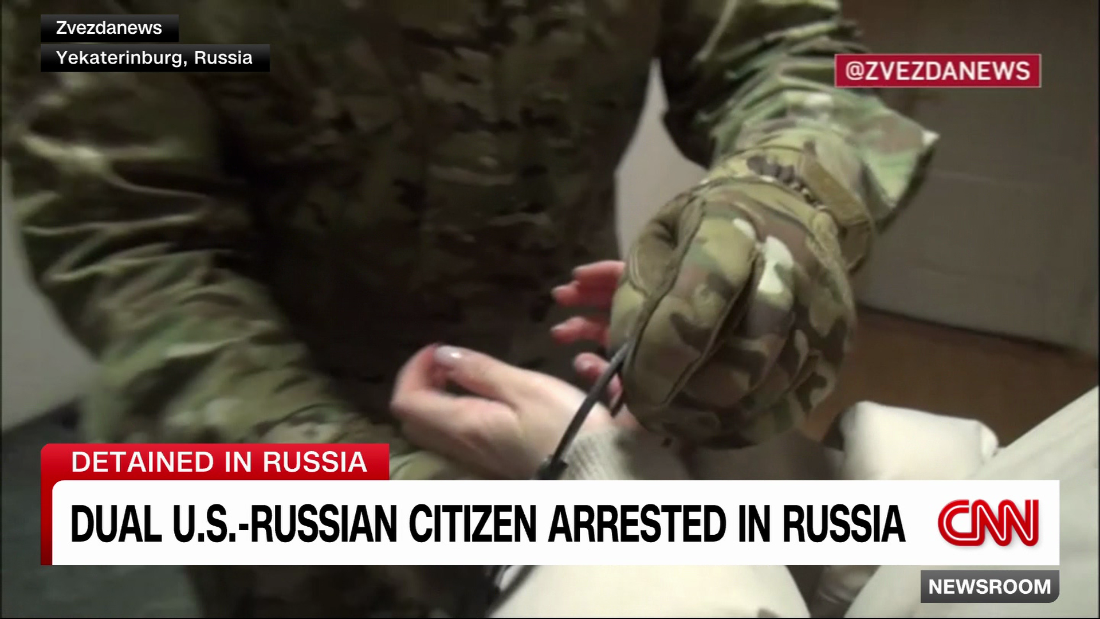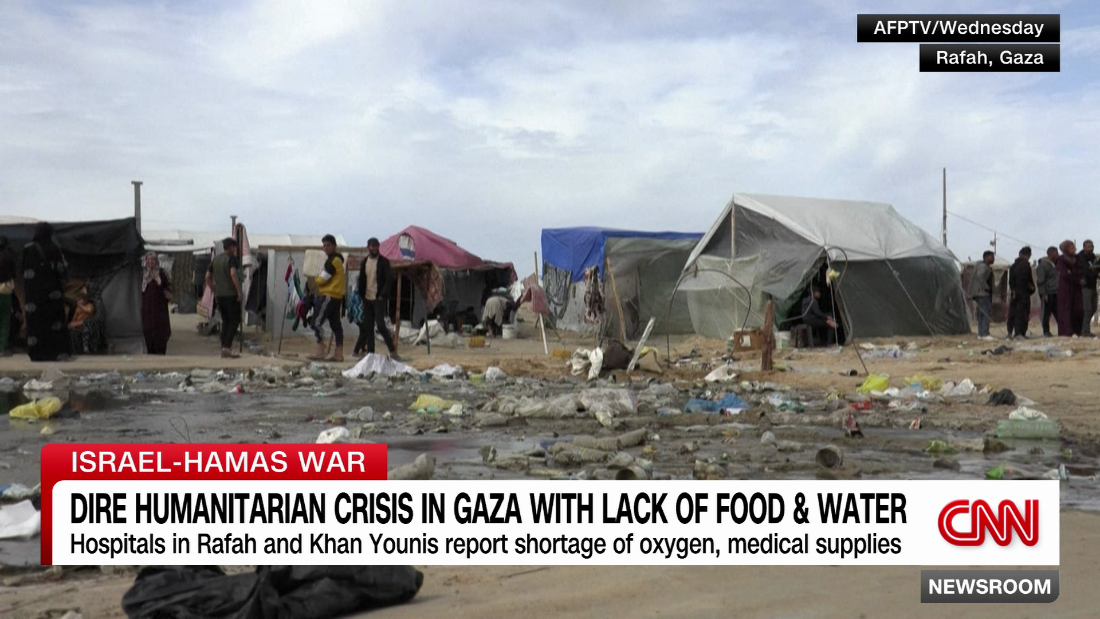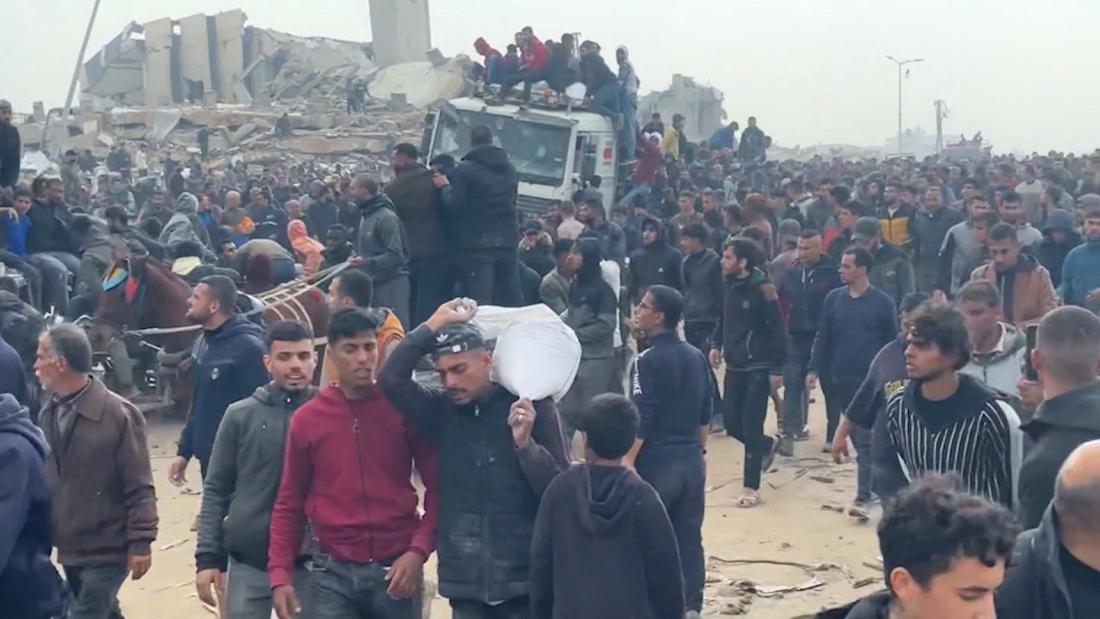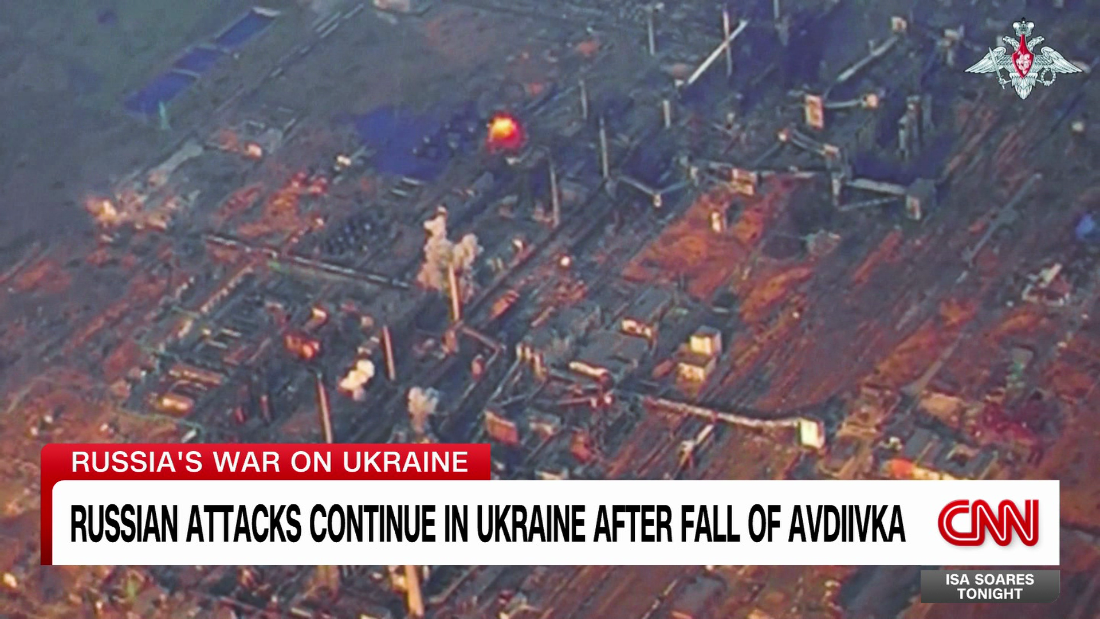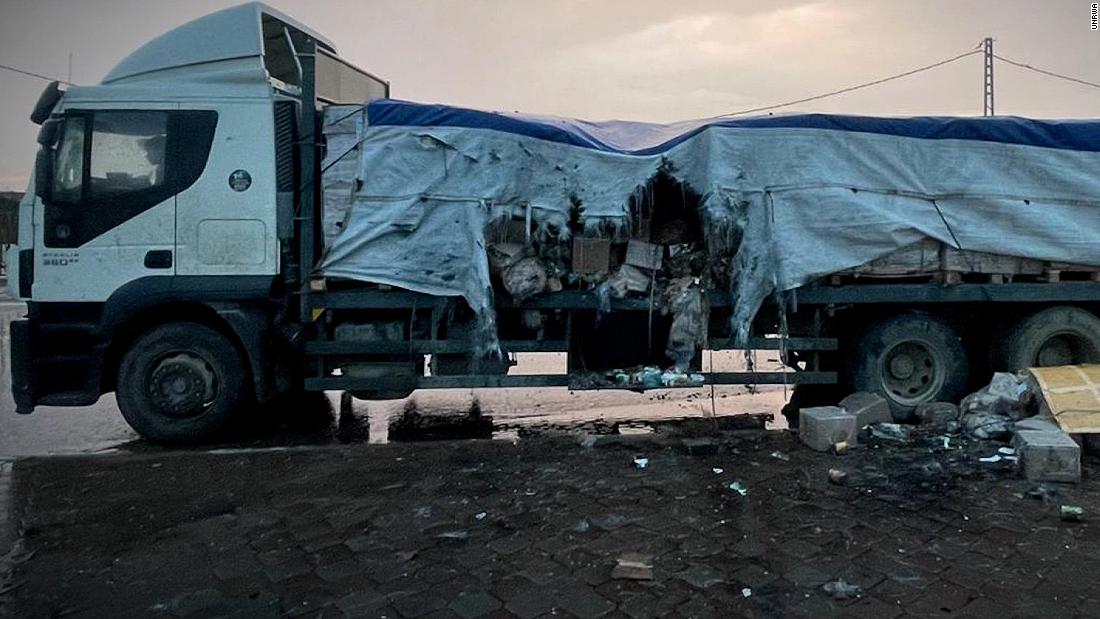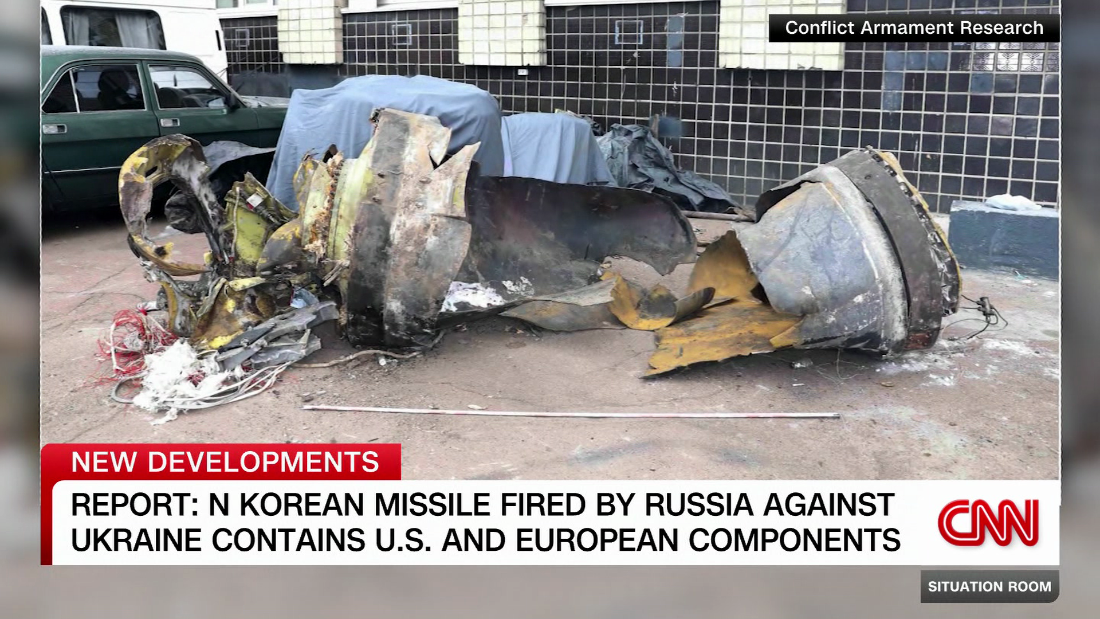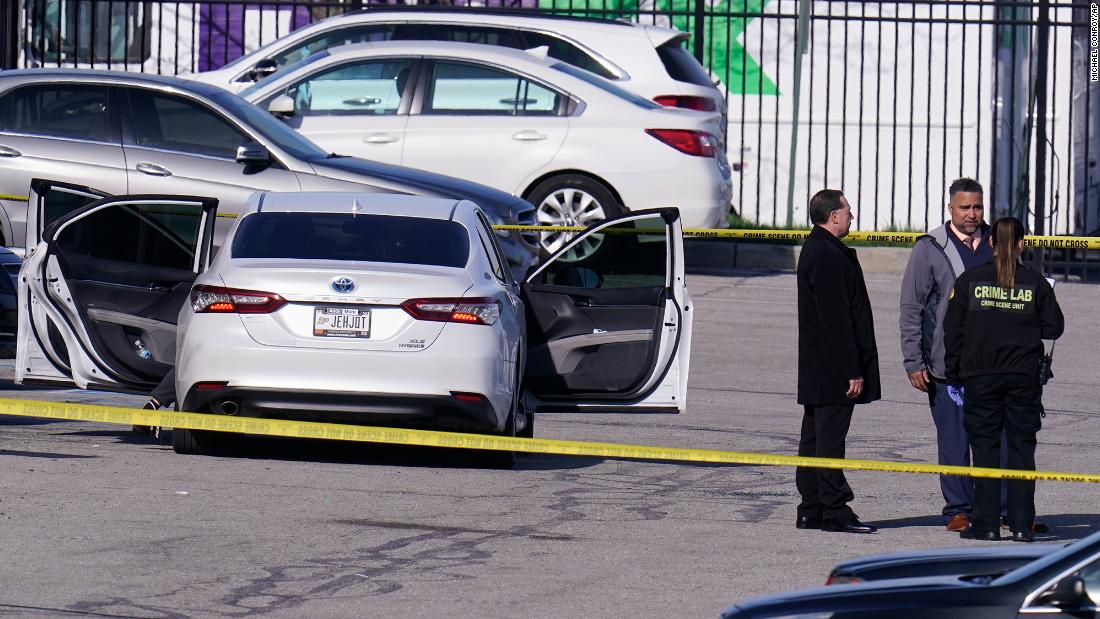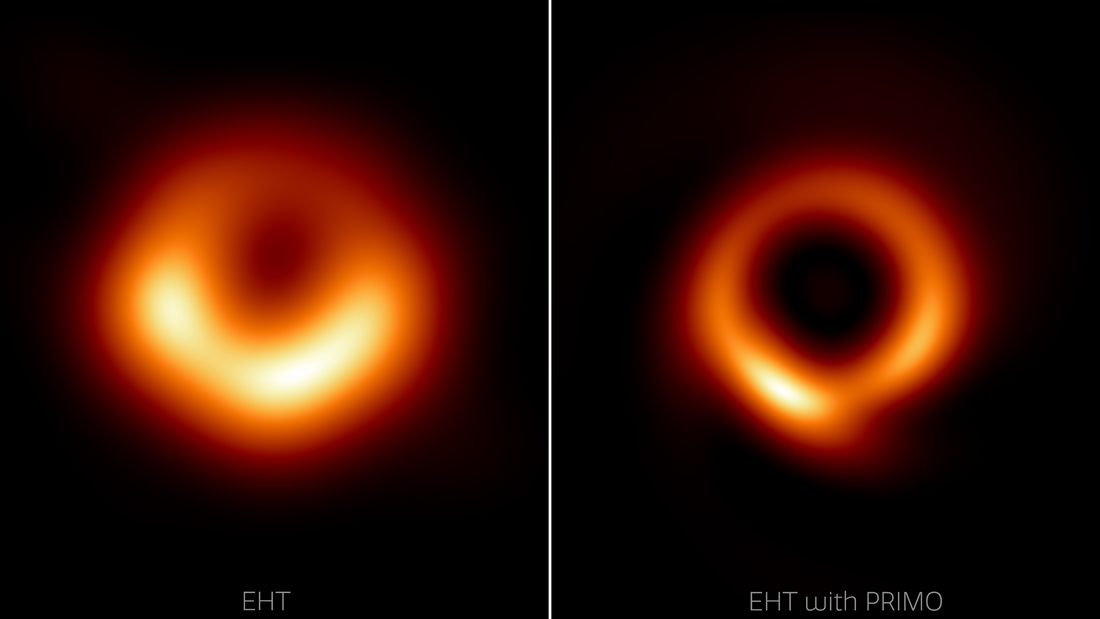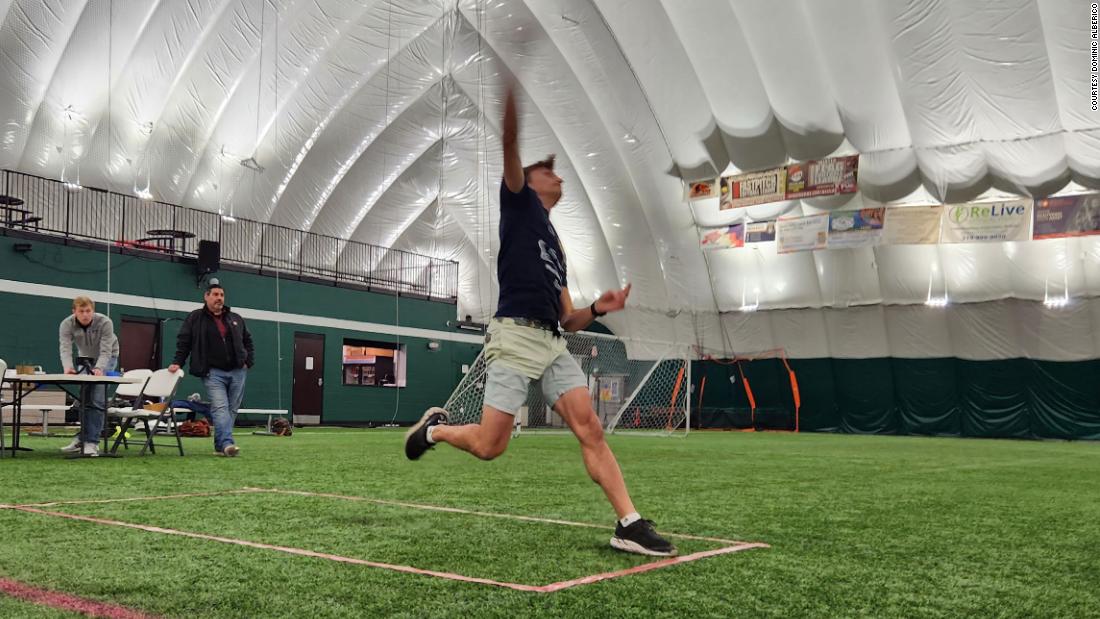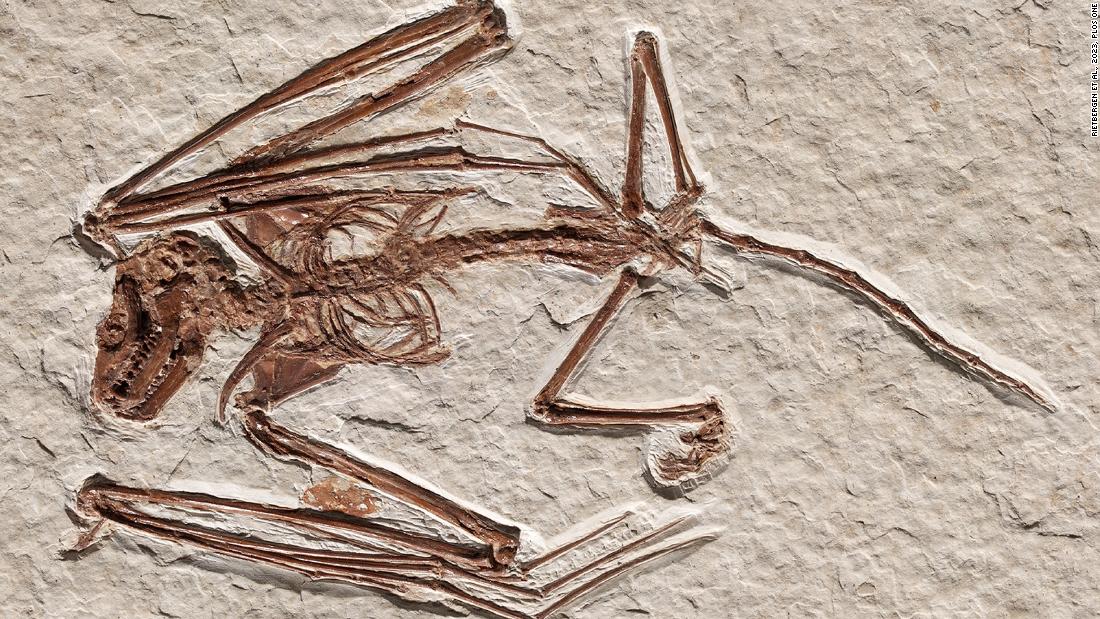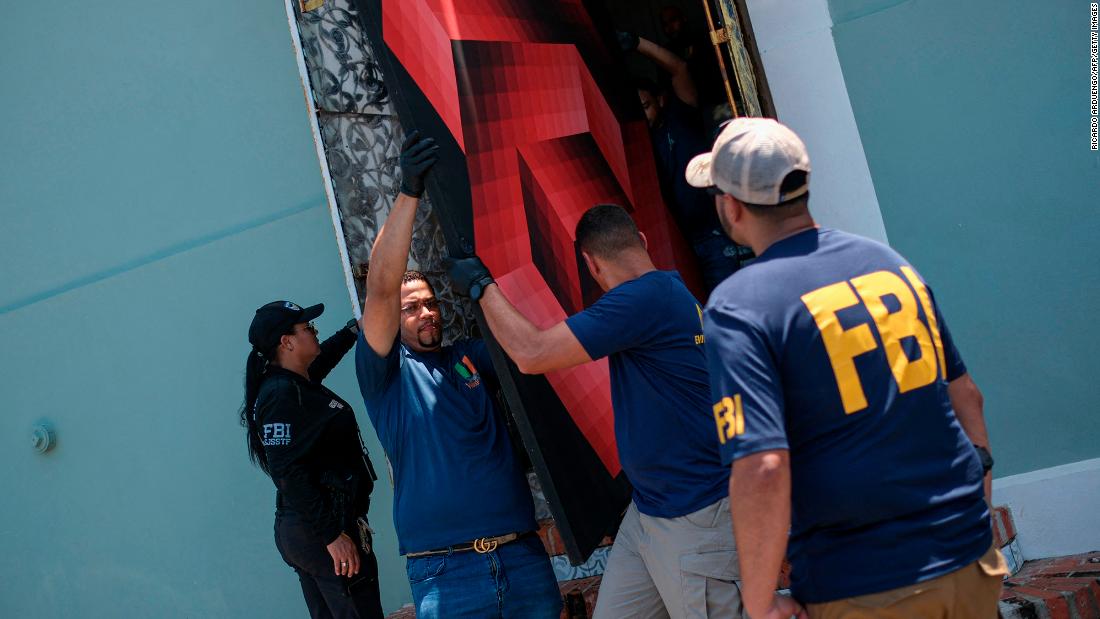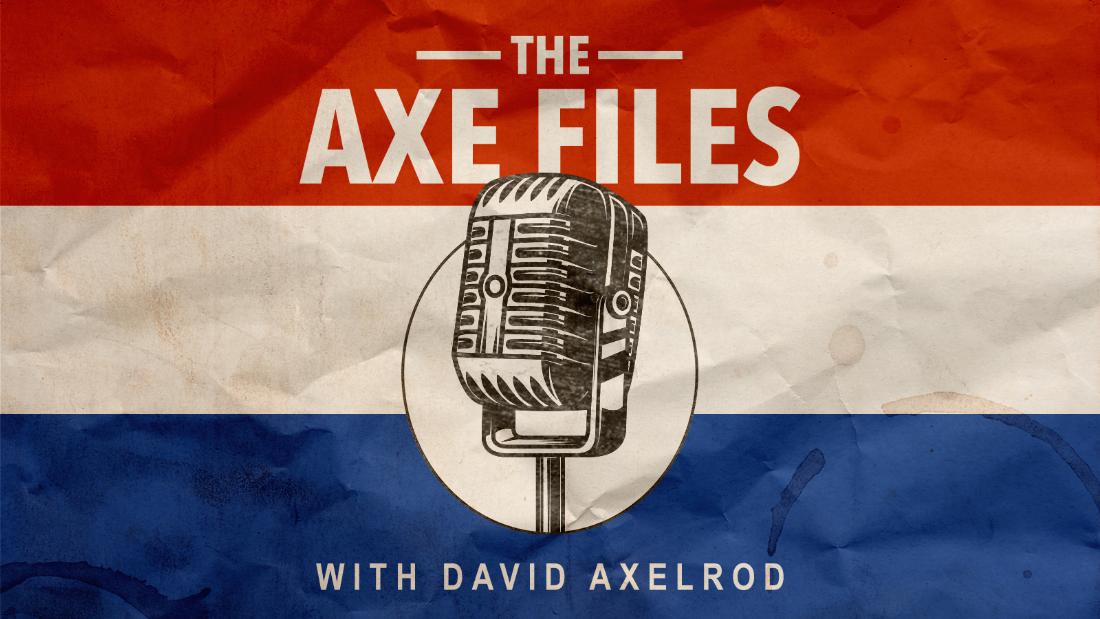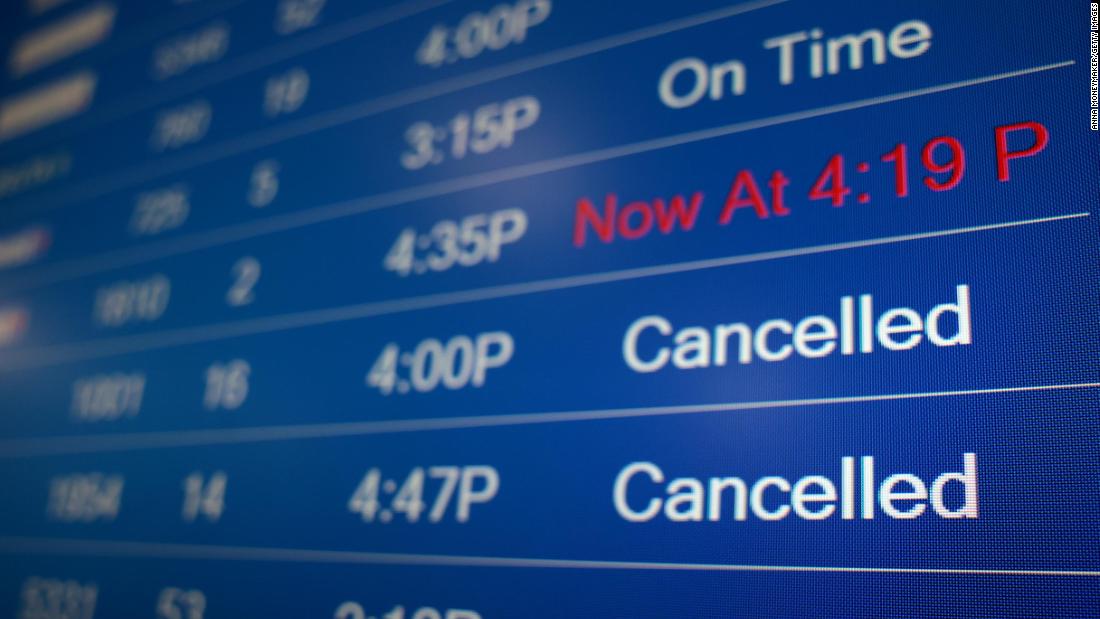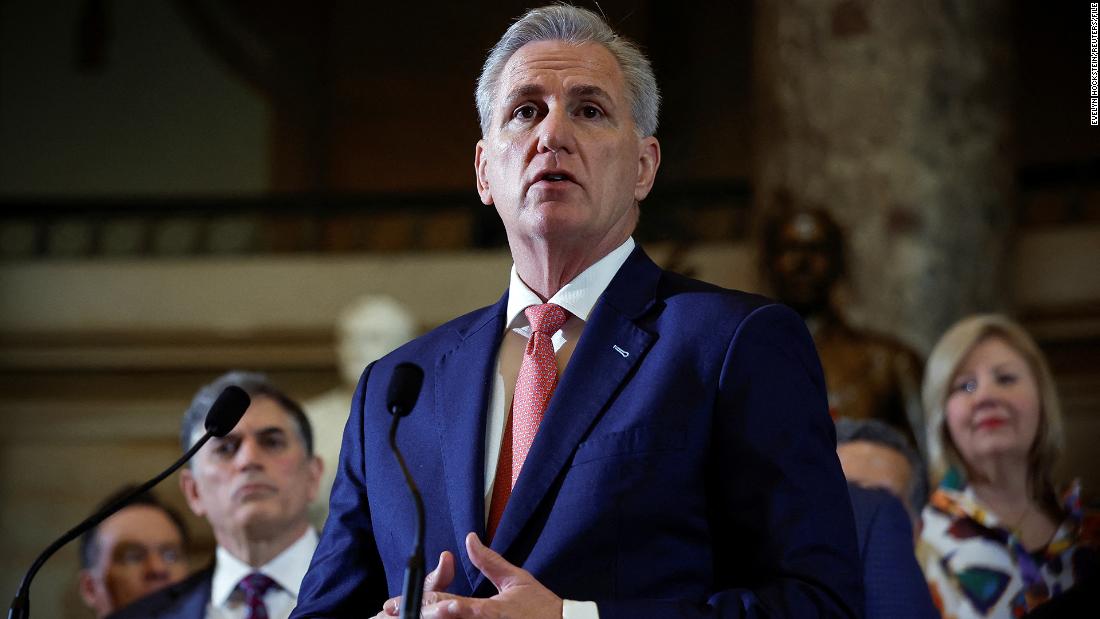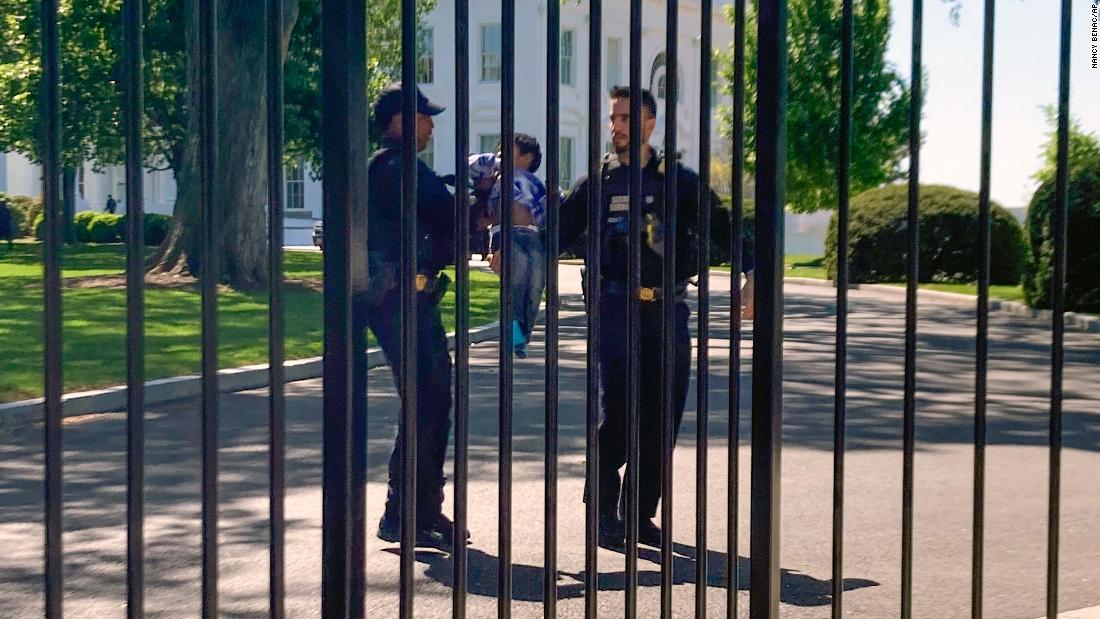WHEN Vladimir Putin launched his invasion of Ukraine, his forces were expected to topple Kyiv with ease – not to spectacularly fail.
In the latest edition of Battle Plans exposed, Nato planner Philip Ingram picks apart Russia‘s flawed aerial strategies and outdated manoeuvres.
In the latest episode of Battle Plans Exposed, Philip Ingram investigates Russia’s poor tactical doctrine
He investigates the battle for the skies over Ukraine, one which Russia spectacularly lost
Vladimir Putin’s forces used Soviet-era tactics, Ingram claims
GettyIngram explains how Russia’s poor aerial warfare allowed Ukraine to defend itself[/caption]
Taking a deep dive into the beginnings of the war, Ingram explains how the world expected a “blitzkrieg from the havens” on Ukraine when the invasion broke out.
But after Russia bungled the “battle for the skies” many began to wonder how they dropped the ball despite having such an overwhelming advantage.
Watch the latest episode on The Sun’s YouTube channel here…
Ingram says: “Russia‘s airforce, the VKS, was seen as a modern behemoth, second only to the United States.”
“The script was written: ‘Total Russian air supremacy in 48 hours.’ But that script was torn to shreds.”
The military analyst explains how Russia’s combat doctrine and aged technology led to them fumbling the aerial battle for Ukraine.
Combing through battlefield footage, he shows instances of Ukrainian drones taking out Russian air defence systems.
Ingram also takes a look at Russian glide bombs attacking Ukrainian positions as part of the brutal air battle.
After deconstructing these clips, he moves on to explain Russia’s reported recent buildup of troops near one area in the front line – Zaporizhia Oblast.
This is a key region in the war – firstly because Russia only occupies part of it, but also because it has critical access to the Dnipro River.
The crucial stream and delta flows into the Black Sea – also a key part of Russia’s invasion that could decide the fate of the war.
But the real reason for Russia’s recent buildup is actually more deceptive than most think, Ingram claims.
He believes that the latest buildup is a Russian ploy – aimed at distracting Ukrainian forces to Putin’s forces can pile their efforts into one key front line position.
Ingram says that the real reason for the buildup in Zaporizhia is to draw Ukraine‘s attention away from defending Pokrovsk.
GettyUkrainian soldiers defending the town of Pokrovsk[/caption]
Russia are still trying to encircle Pokrovsk by forcing a cauldron around the city
ReutersUkrainian soldiers launch launch missiles towards Russian troops near the frontline town of Pokrovsk[/caption]
The tightly contested conflict around this critical transport hub has been fought for over a year, with Russia closing in on the town with a cauldron formation.
“The Russians have been doing everything they can to try and close these edges of the cauldron in,” Ingram explains.
A few weeks ago, just hours before Donald Trump‘s historic summit with Putin, Russian forces punched through the frontline in a desperate attempt to seize the city.
Analysts warned that if successful, Putin would have used the sudden thrust in momentum and new land as a bargaining chip in negotiations with the Don.
Luckily, Ukraine thwarted the manoeuvre, piercing right through their two-pronged advance and putting the threat to rest.
Russia made a dramatic two-pronged attack through the frontline in August
Ingram explains why Russia’s frontline assault failed
Ingram claims that Russia’s attack was ill-prepared – explaining how they failed to turn their toehold into a foothold and exploit their new territory.
The analyst says: “Whenever you break through a defensive line, you need a follow on force, so you create a toehold.
“You turn that toehold into a foothold, [and] you turn that foothold into a bridgehead, and [with] that bridgehead, you use your forces to break out from it – as the allies did in Normandy after D-Day.”
Ingram also explains why he believes Russia is actually focusing on Pokrovsk rather than Zaporizhia.
“It’s because the Russians have invested so much time, so many personnel, into trying to capture this area – and Pokrovsk is key to the capture of the rest of the Donetsk Oblast,” he says
“The Donetsk Oblast is the one element where Russia doesn’t own everything that’s in the disputed Donbas region.”
GettyUkrainian soldier carries a shell in Pokrovsk[/caption]
ReutersA truck burns at the site of the Russian missile strike in Zaporizhzhia, September 16[/caption]
ReutersZaporizhzhia Oblast is also a key region for Russia[/caption]
British defence intelligence estimates Russia needs another four years and two million casualties to capture the rest of the oblast.
Turning his attention to the battle in the skies, Ingram starts with “cold, hard numbers”.
Referring to Russia’s colossal strength in its air force, he says: “On paper, this was never a fair fight.”
Before Putin’s invasion, the Russian VKS boasted an active fleet of over 4,000 aircraft.
They had hundreds of advanced jets, coupled with recent combat experience intervening in Syria.
In stark contrast, Ukraine had some 100 operational Soviet-era jets -expected to be beaten in a swift battle.
He said an overwhelming Russian air campaign was expected to “leave Ukraine blind, deaf and defenceless”.
ReutersUkrainian troops defending Zaporizhzhia[/caption]
GettyUkraine’s airforce now includes F-16s[/caption]
APA Russian aircraft pictured at a military parade in 2019[/caption]
Ingram explains: “To understand why that didn’t happen, we first need to understand the rulebook, the very doctrine of air war, and here Russia and the West play by two completely different sets of rules.”
He highlights: “Western and NATO doctrine, perfected since the Gulf War, prioritises one thing above all else air superiority.”
Domination of the sky is a key part of any campaign, Ingram explains.
And the first wave of any assault should involve a mission called SEAD, which stands for “suppression of enemy air defences”.
Ingram says: “You use stealth aircraft, electronic warfare jets, and long range missiles to systematically hunt down and destroy every enemy radar [and] every air defence missile launcher on the ground.
“And only when you own the skies do you then bring in your bombers and your ground attack aircraft to support the army.”
APThe Battle of Hostomel was a key point in the war[/caption]
ReutersA damaged aircraft at Antonov International Airport, near Hostomel, March 31, 2022[/caption]
Times Media LtdBattle for Hostomel, pictured[/caption]
Comparing this strategy to Russia’s tactics, he explains why Putin’s forces were outsmarted so easily at the start of the war.
“Russian doctrine, however, is fundamentally different – it has its roots in the Soviet era, where the air force is often seen as a tool of the army, essentially a flying artillery.
“Its primary job isn’t to control the whole of the sky, but to directly support the ground troops advancing below.”
He says that Russia relied heavily on their own ground-based air defence systems to protect their forces, creating a protective bubble.
But emphasised that this doctrinal difference was the “single most important reason for what happened next in the opening days” of the invasion.
“Russia didn’t launch a coordinated card campaign, and the opening days were Russia trying to take Kyiv coming in from the north and from the northeast, focusing on Kyiv,” he says.
“They didn’t systematically hunt Ukraine’s air defences – instead, they followed their doctrine, they supported a massive ground invasion.”
APA Ukrainian soldier of a mobile air defence unit demonstrates his skills at the Antonov airport in Hostomel[/caption]
EPARussia continues to pummel Ukraine with air attacks, despite losing the initial battle for the skies[/caption]
ReutersBoth Pokrovsk and Hostomel demonstrate Russia’s poor tactics[/caption]
The military expert says this was most evident in the Battle of Hostomel – a fight for a major airport just outside of Kyiv.
Explaining how the conflict unfolded, Ingram says: “Russia sent in dozens of helicopters in a daring air assault…
“But they flew directly into a hornet’s nest of Ukrainian air defenders who were waiting for them.”
He describes Russia’s assault on the airport as a “shocking under-performance” which was a “direct result of a doctrine that failed to appreciate the resilience and sophistication of Ukraine’s defences”.
He also analyses Ukraine’s incredible tactics used to destroy the Russian attack, including integrated air defence systems and the cunning of Kyiv’s military commanders.
The battle also marked a turning point, and saw the war turn more into a drone-based conflict rather than a traditional man-to-man fight.
ReutersPolish Prime Minister Donald Tusk stands in front of Polish Air Force F-16 fighter jets, which Ukraine have been given access to[/caption]
AFPLocals in Ukraine after Russian strikes in Kramatorsk September 15[/caption]
After detailing Russia’s immense arsenal, he specifically looks at their devastating glide bombs.
Ingram says: “Its sheer explosive force can level buildings, as we have seen, [and] turn fortified bunkers into craters…
“These glide bombs have got hundreds of kilograms of explosives going in – that is something that [any] trench system can survive.”
He also describes them as a “weapon of terror and attrition”, which have been used as “Russia’s grim solution to its failure to control the skies”.
Ingram also highlights F-16s as another potential deciding factor in the war, as Ukraine have now finally been given access to the West’s arsenal of them.
Even though these powerful aircraft could turn the tides of the war, he explains that it could take years of training in order for them to be used effectively.
Summing up Putin’s failure to take Kyiv in the early days of the war because of the defeat in the air, Ingram says: “The battle for the skies of Ukraine has been a story of shocking miscalculation, incredible ingenuity and brutal adaption.”
Russia continue to launch attacks on Ukraine
Fire and smoke rise in the city after Russian drone and missile strikes on Kyiv Published: [#item_custom_pubDate]












